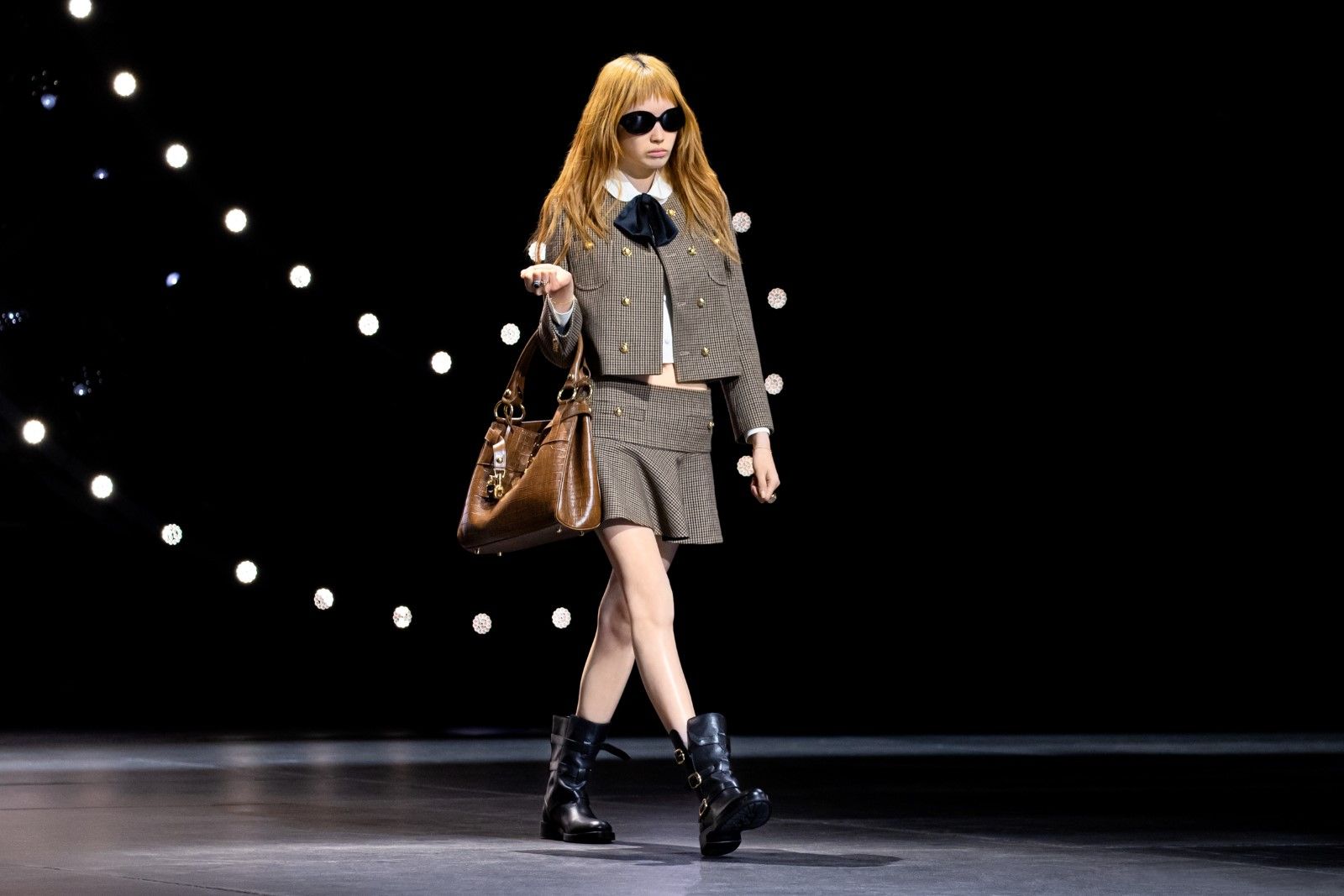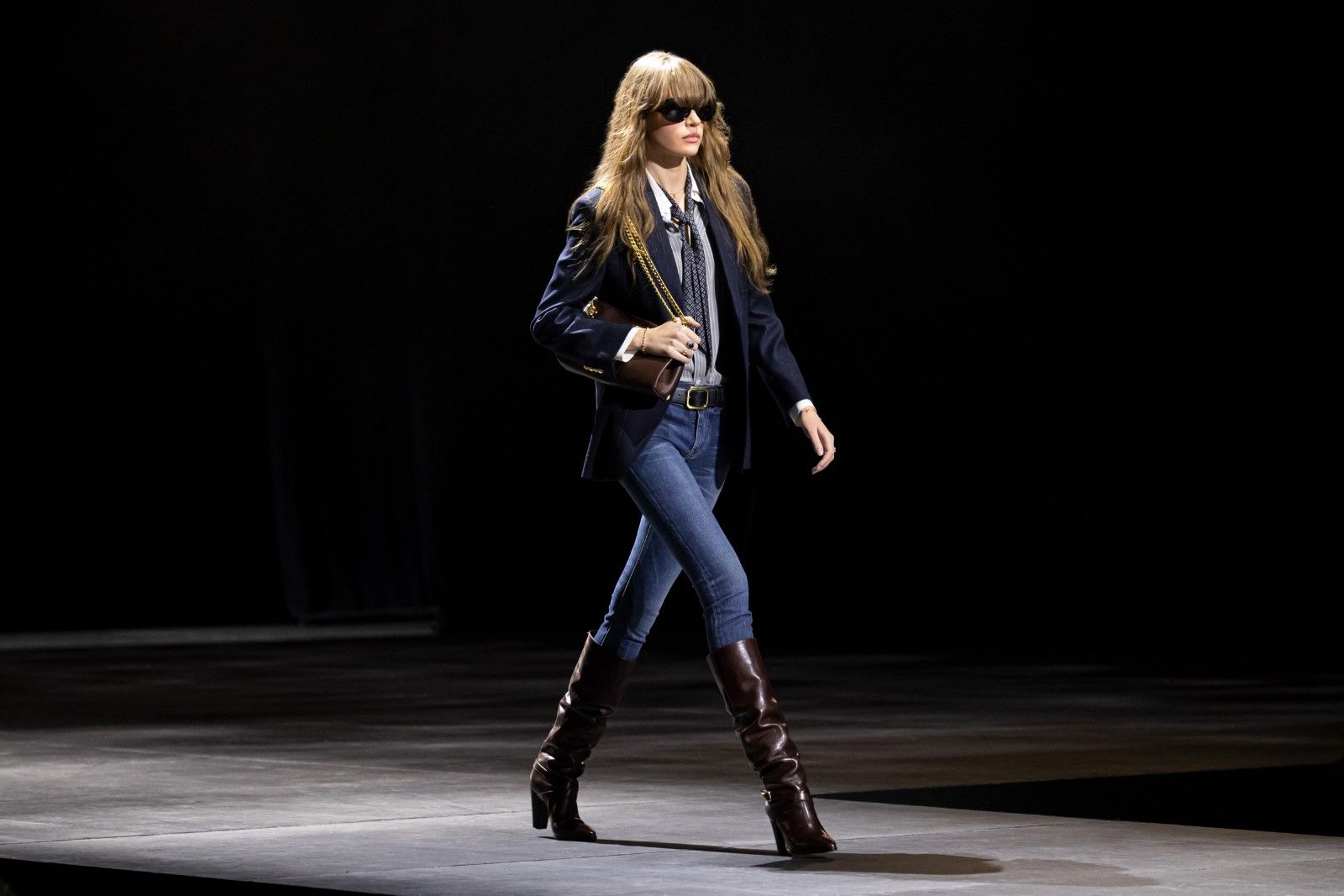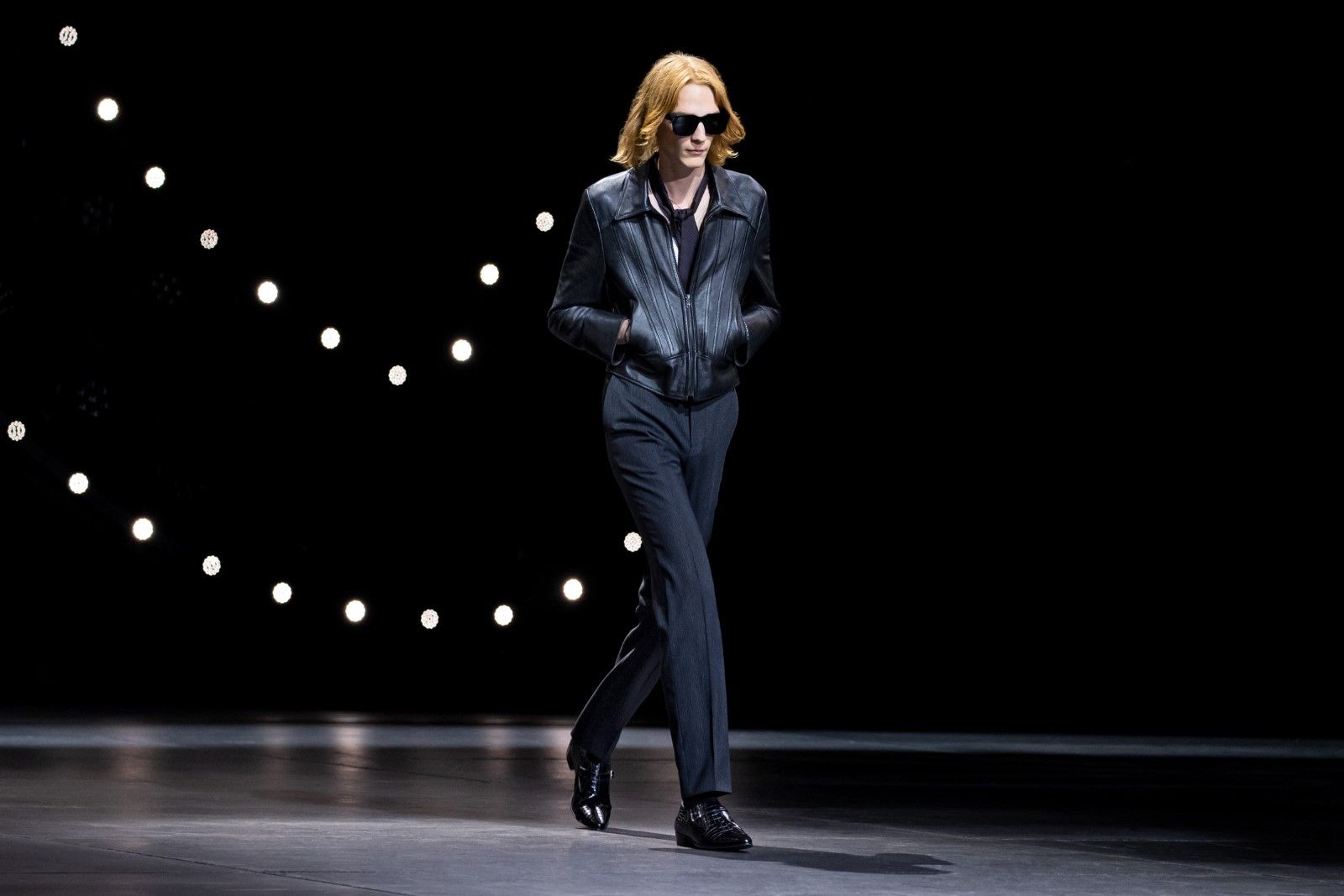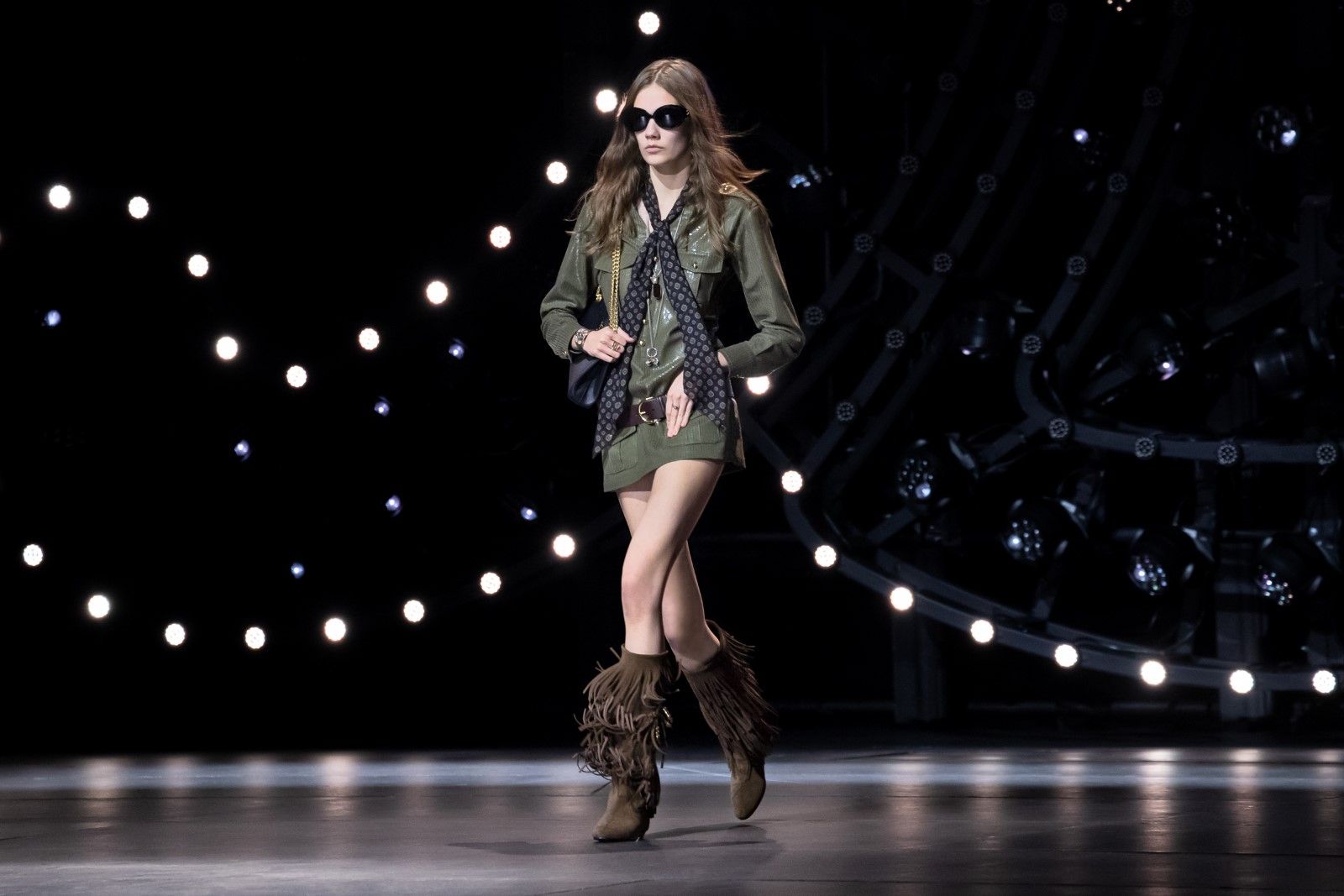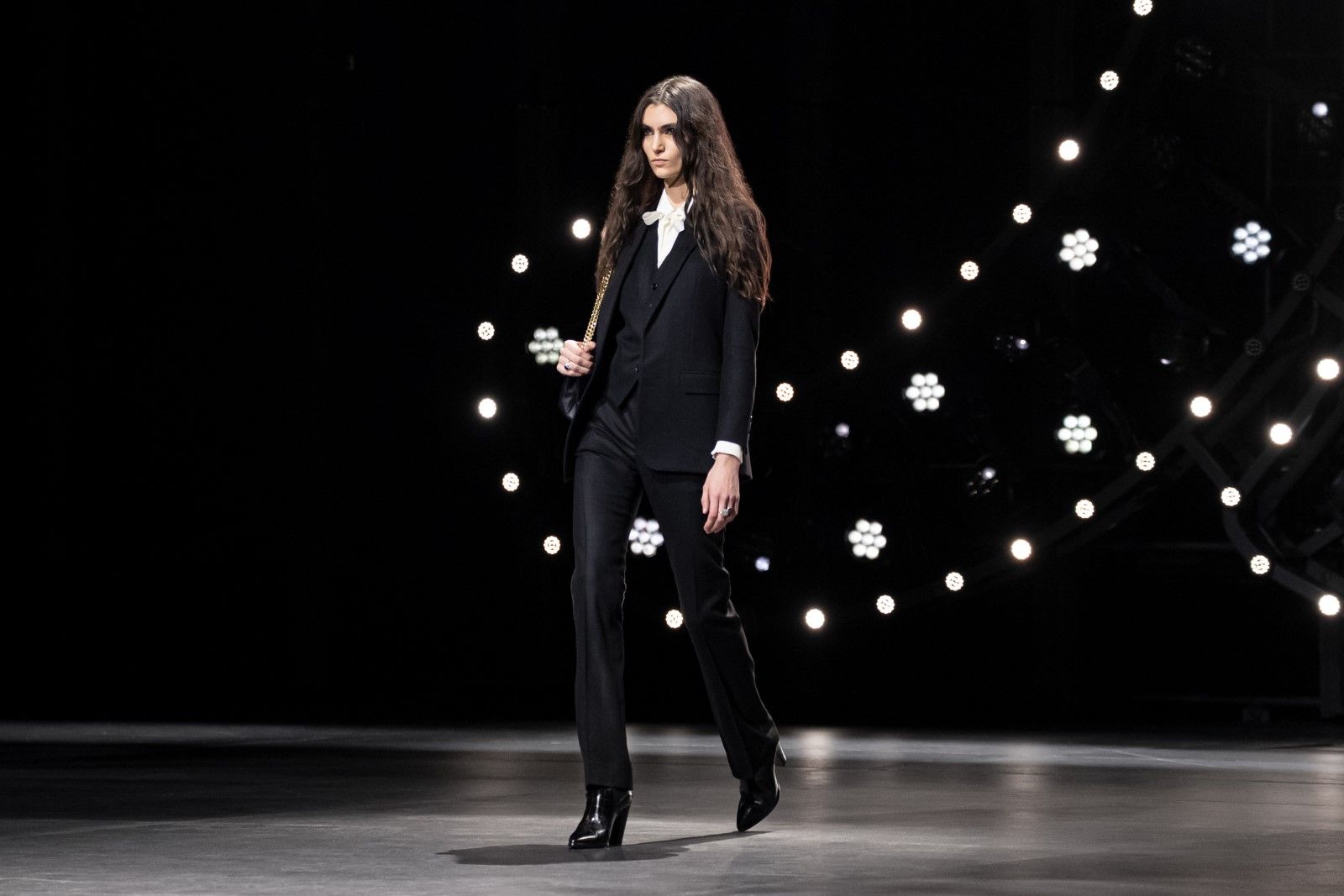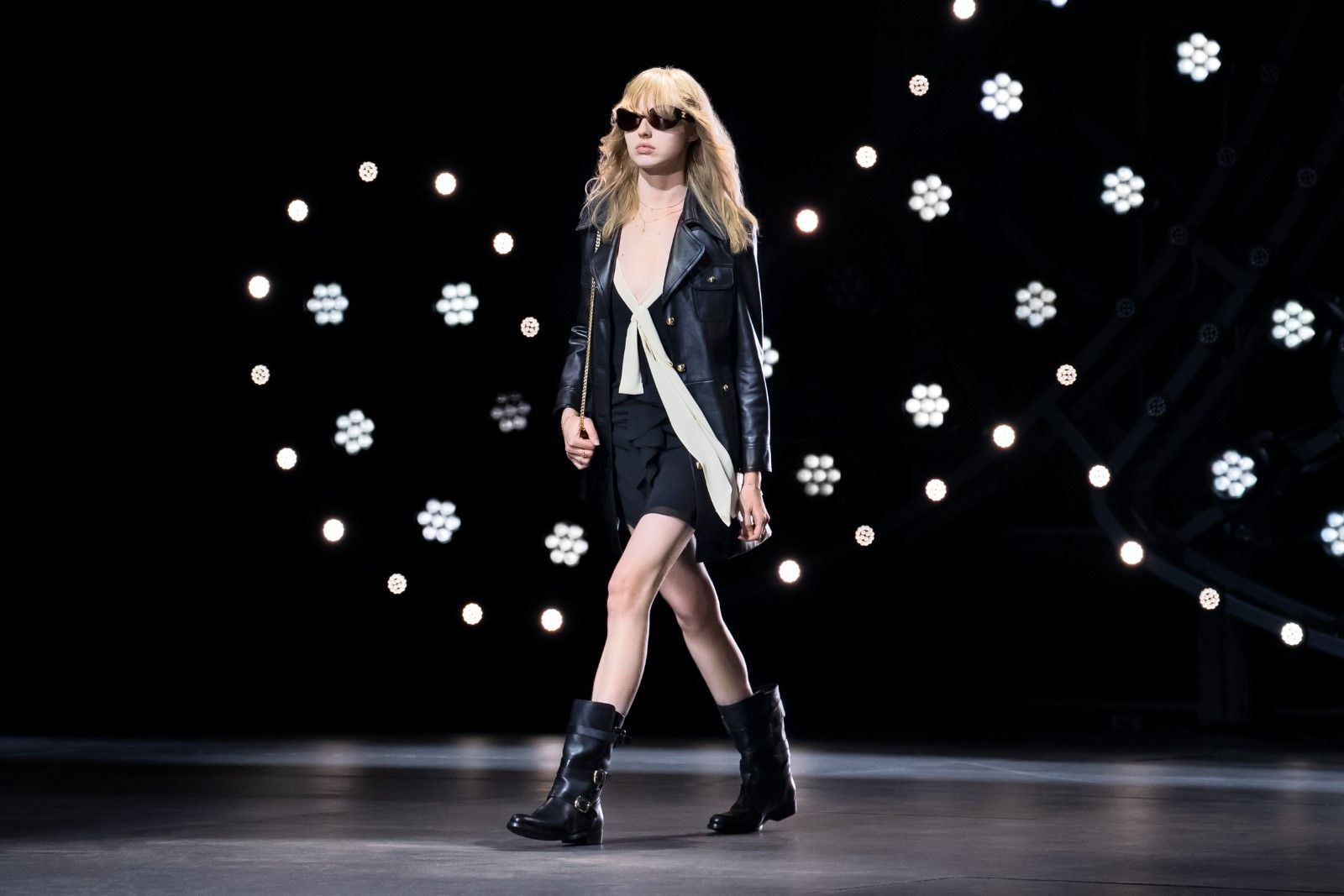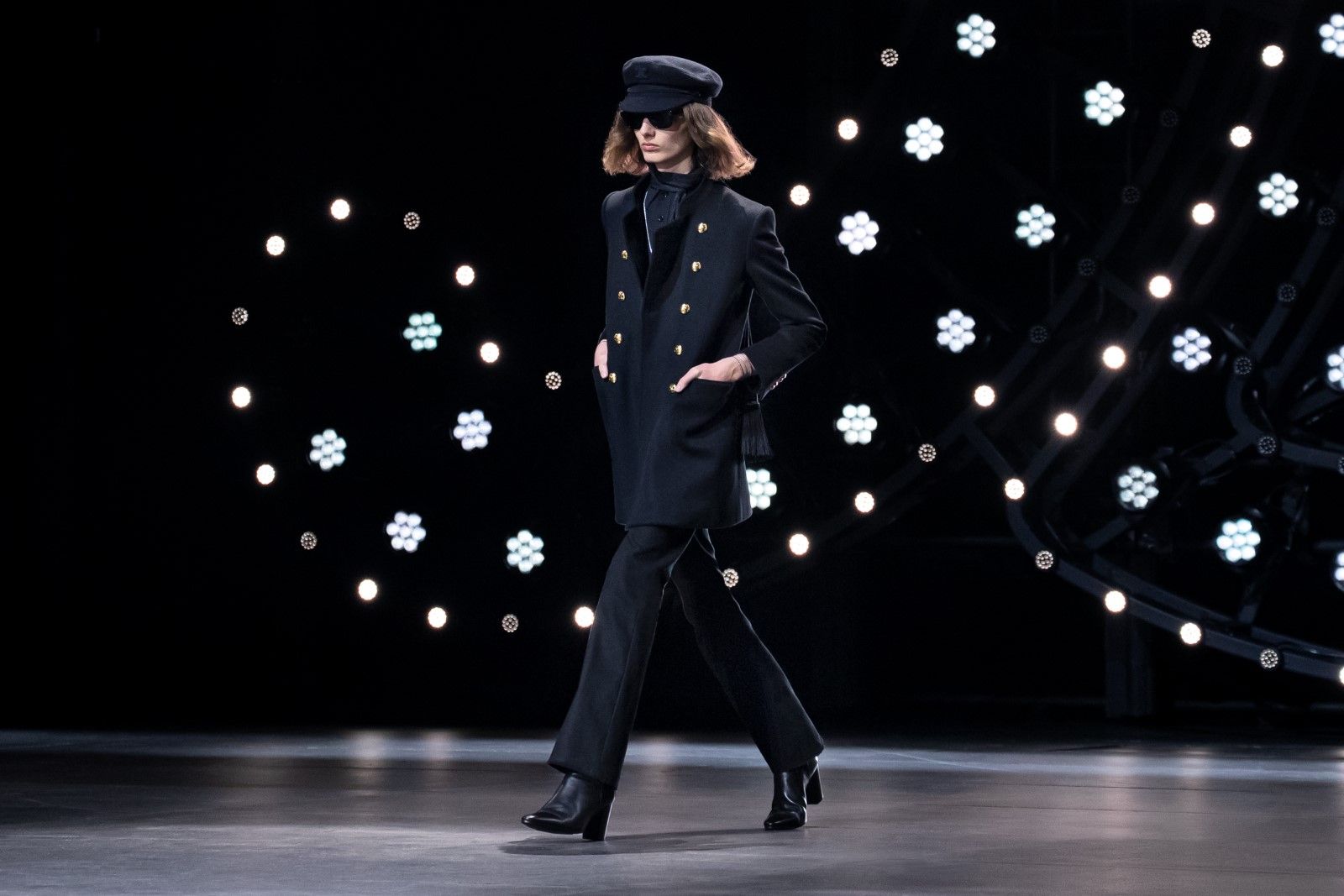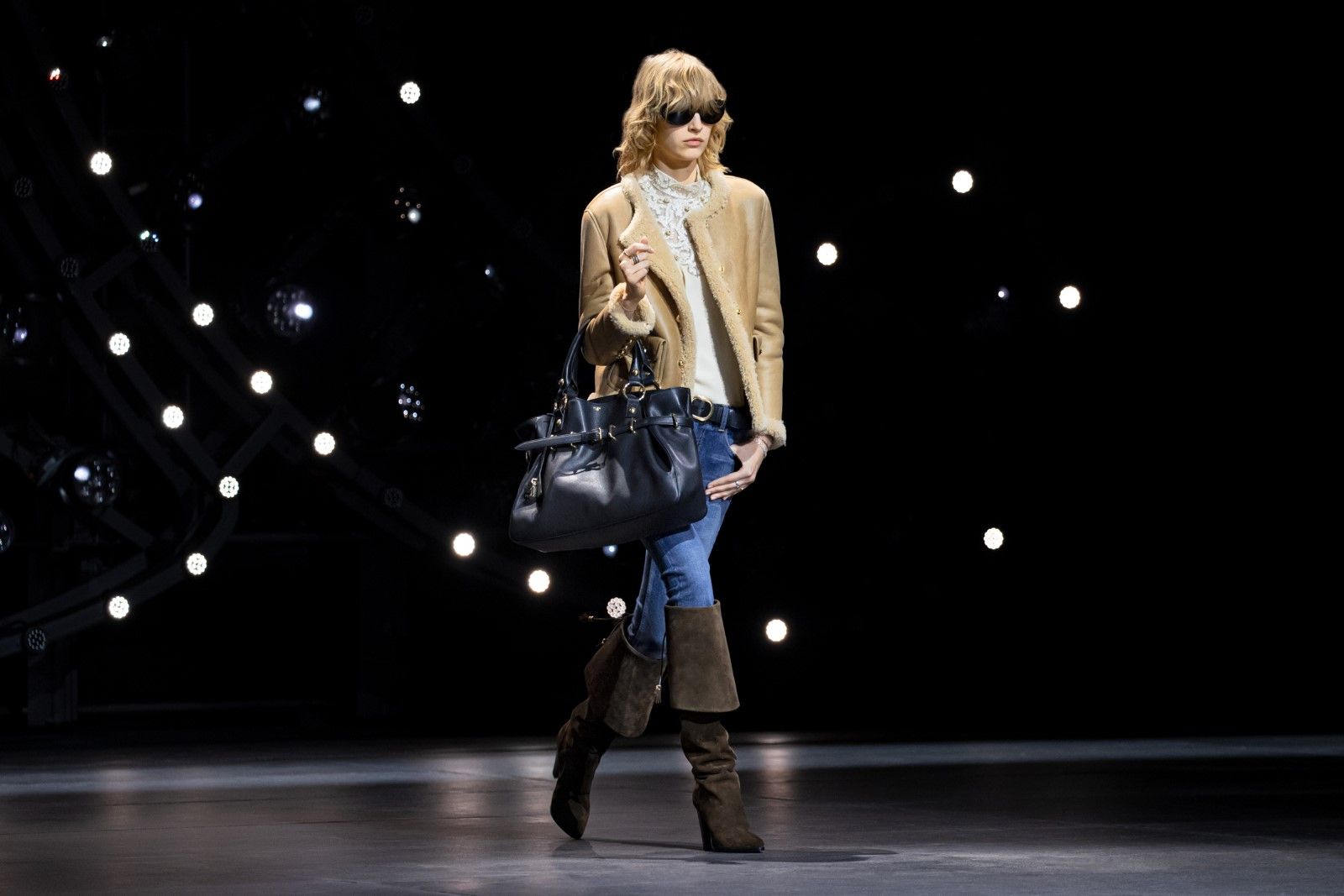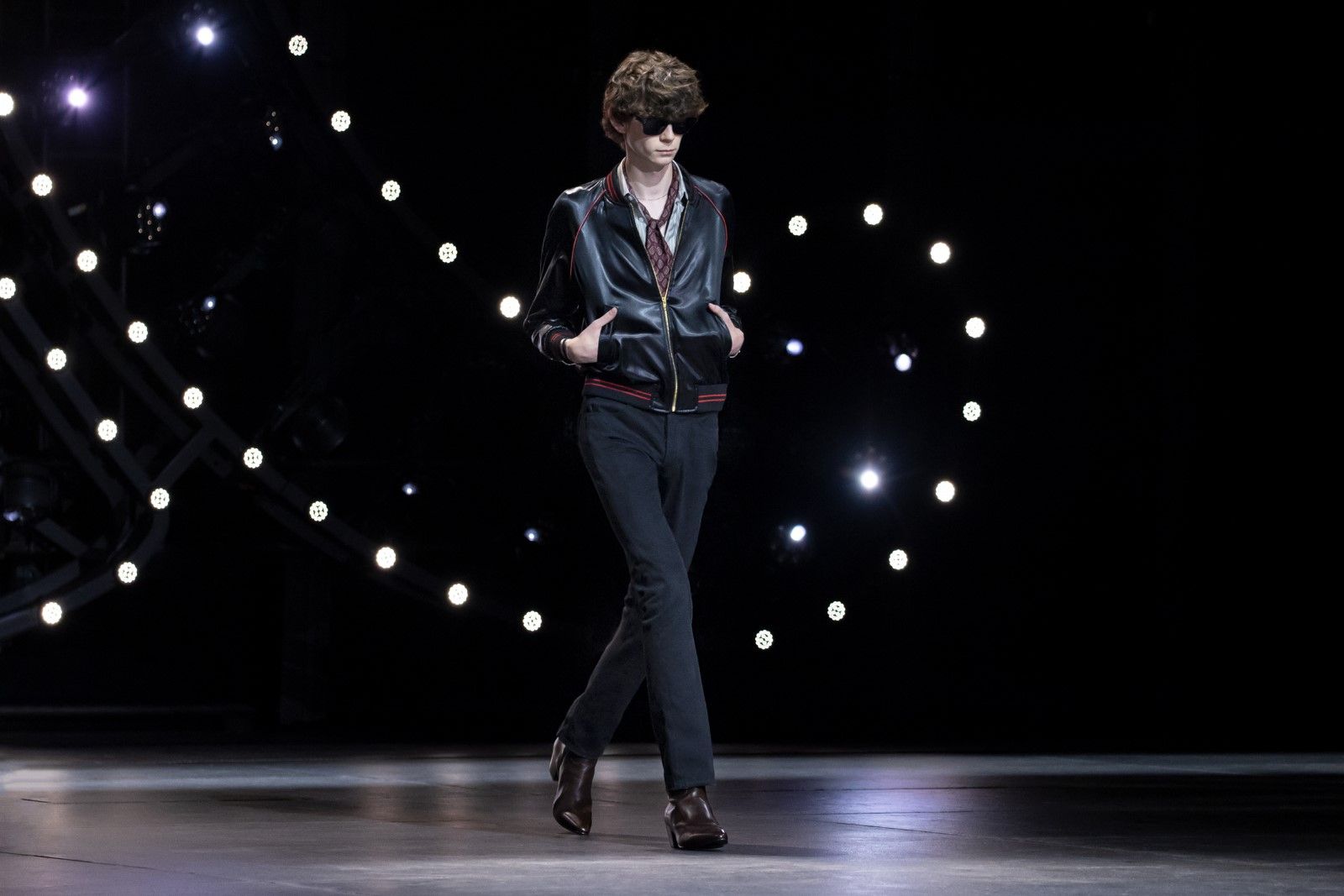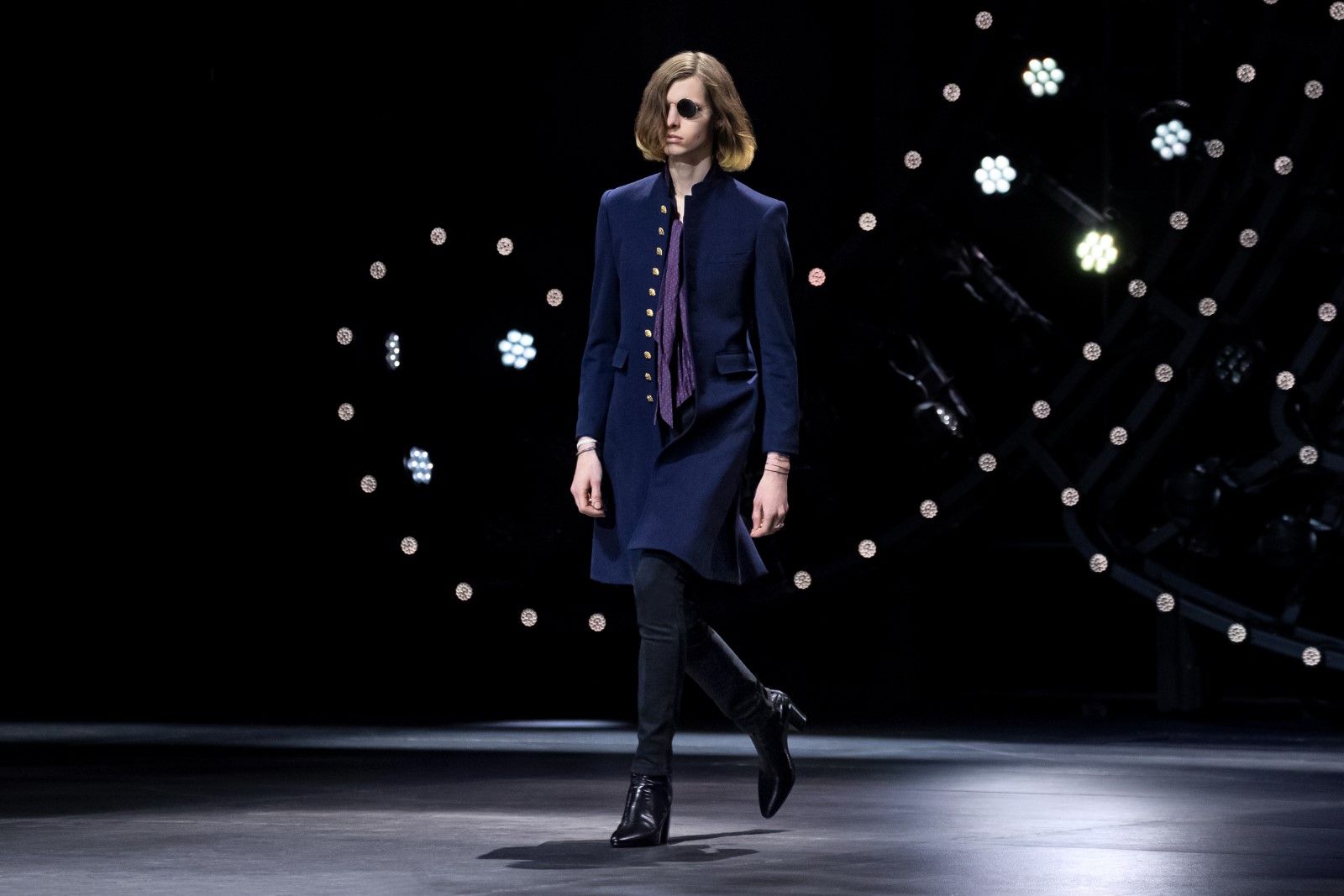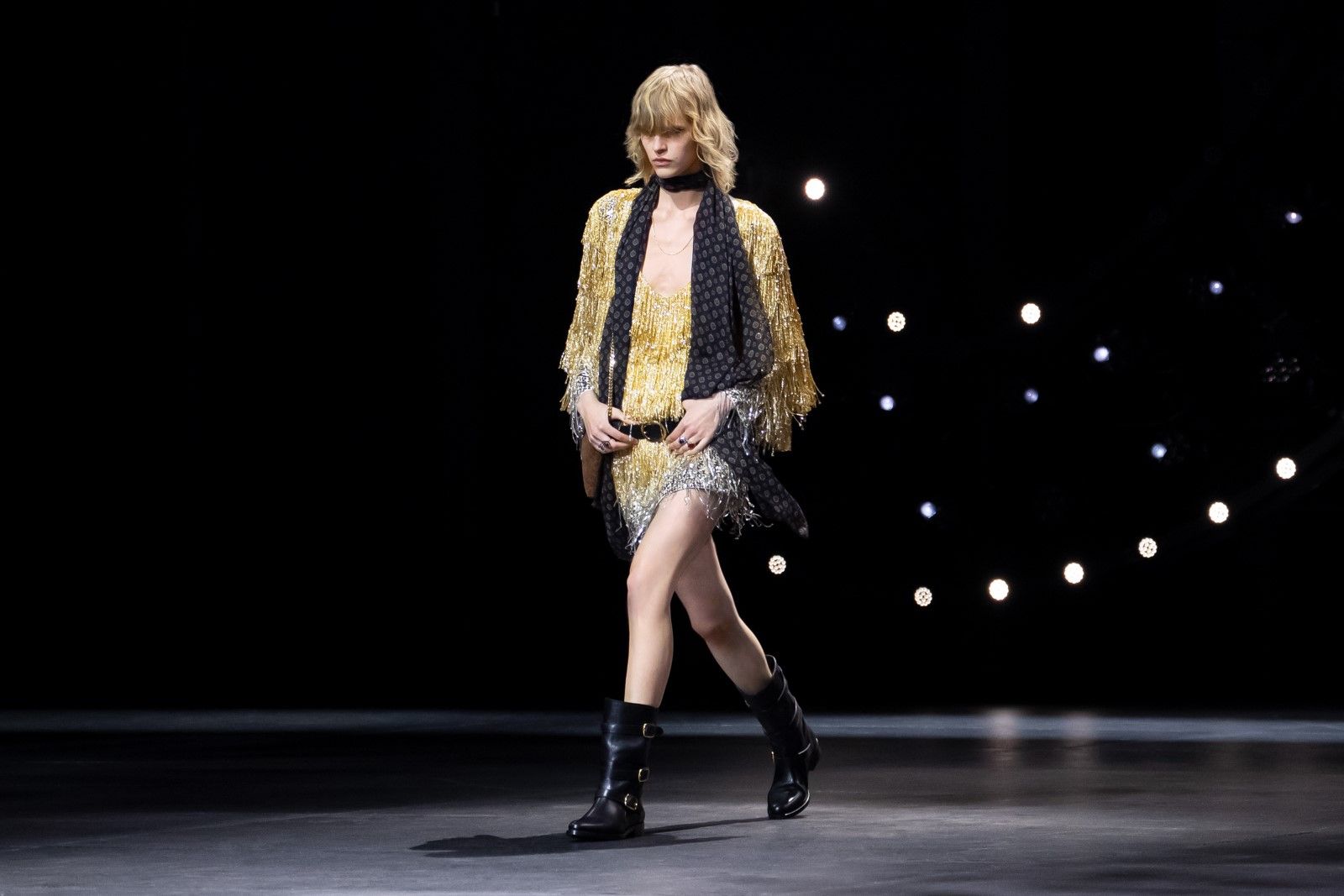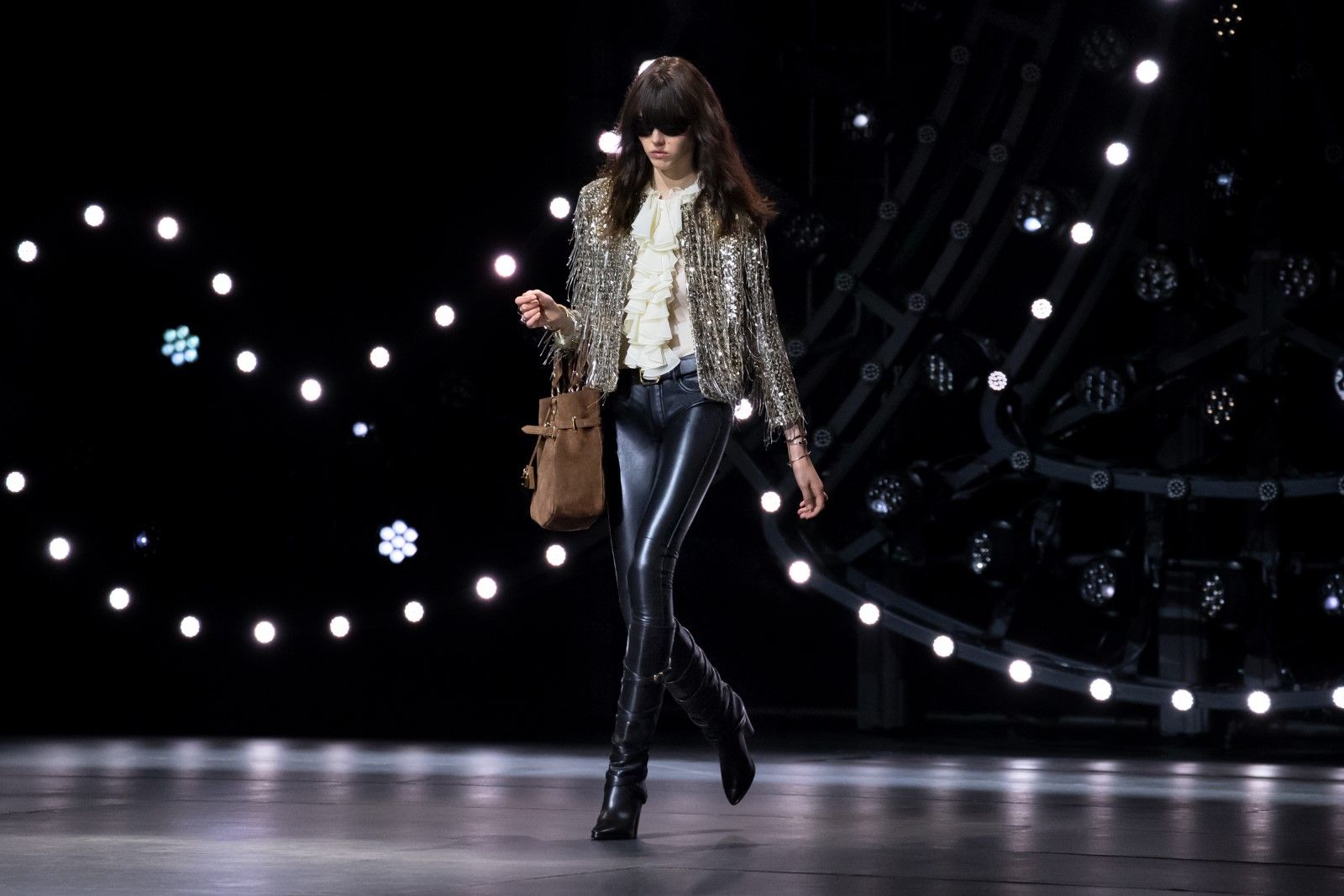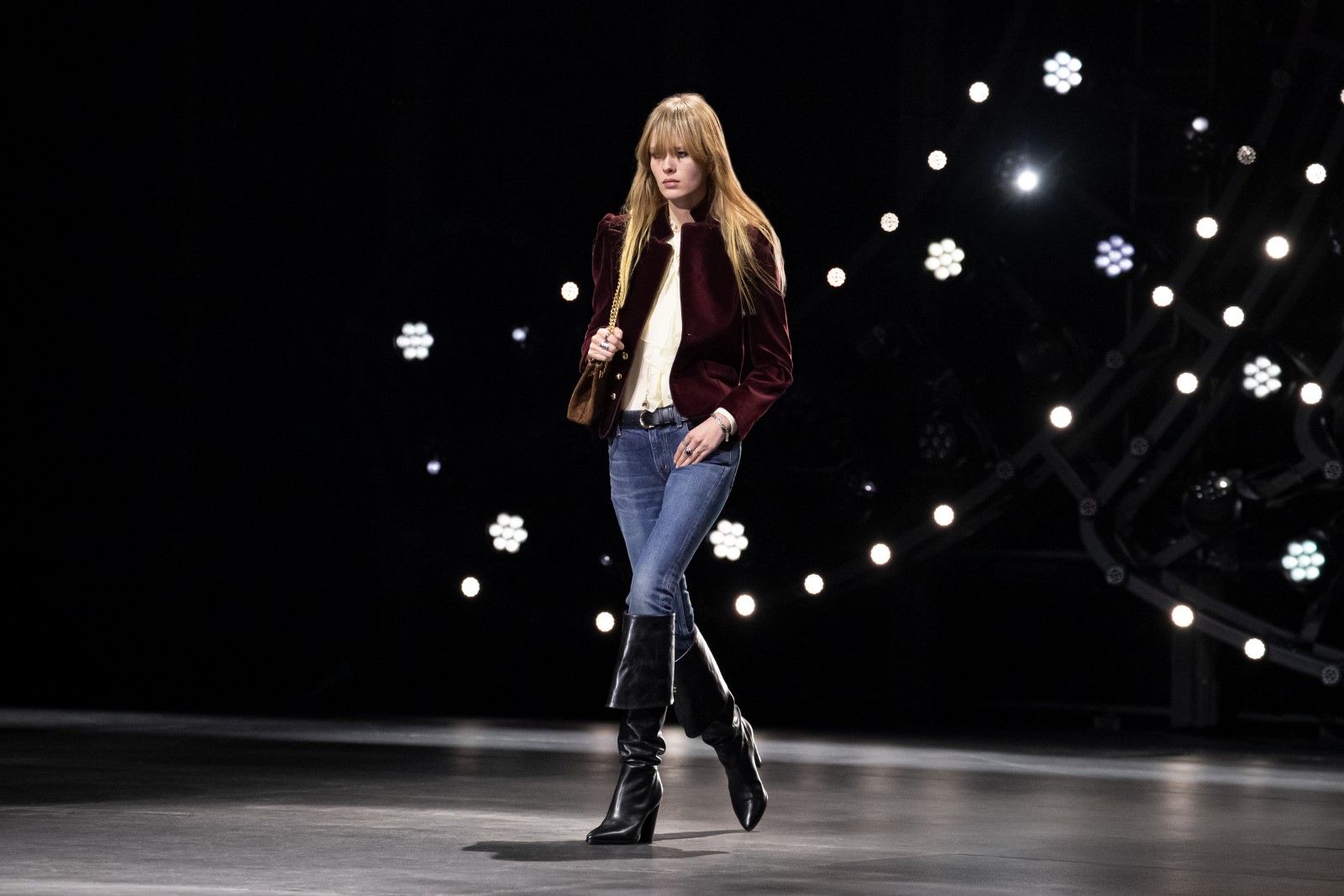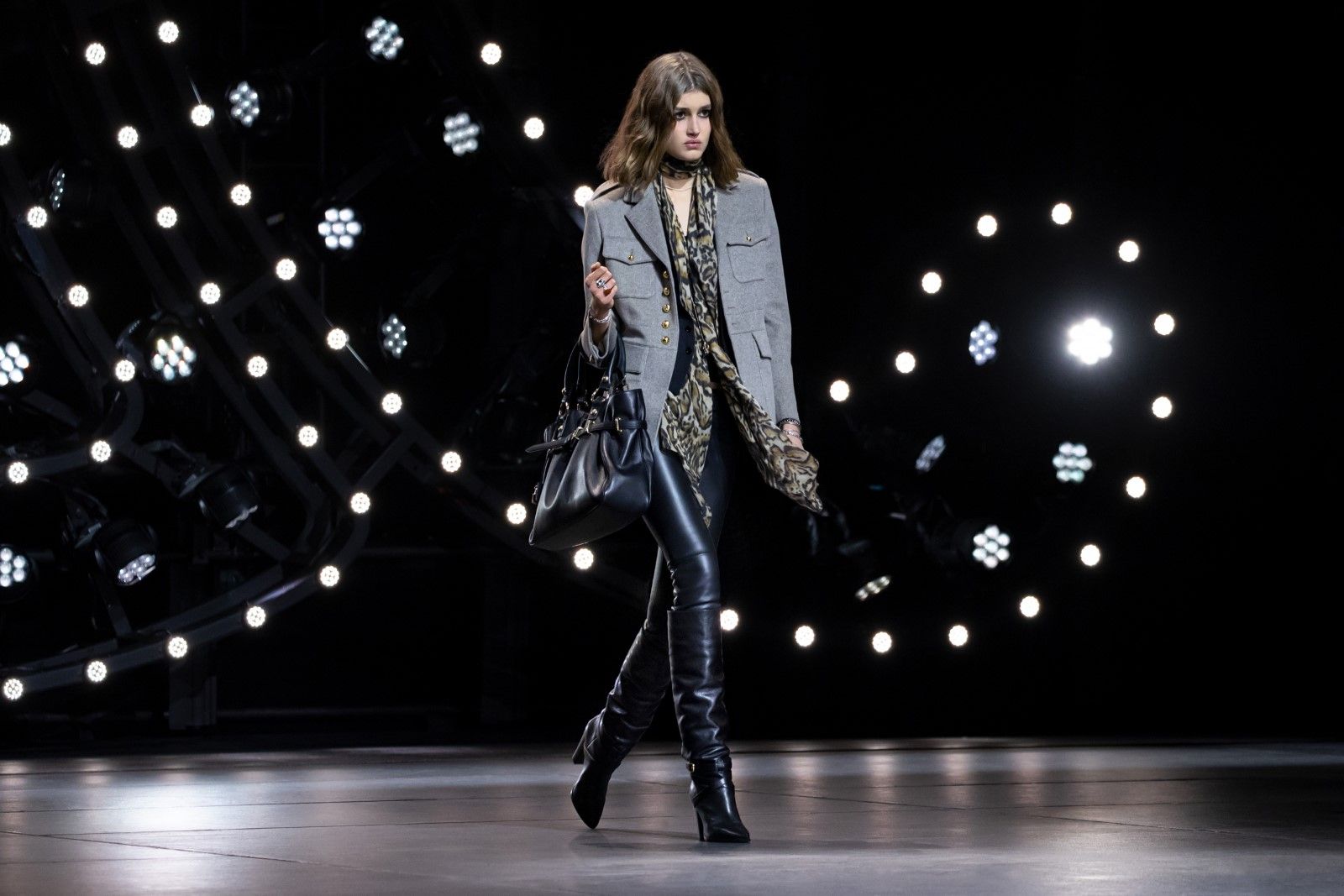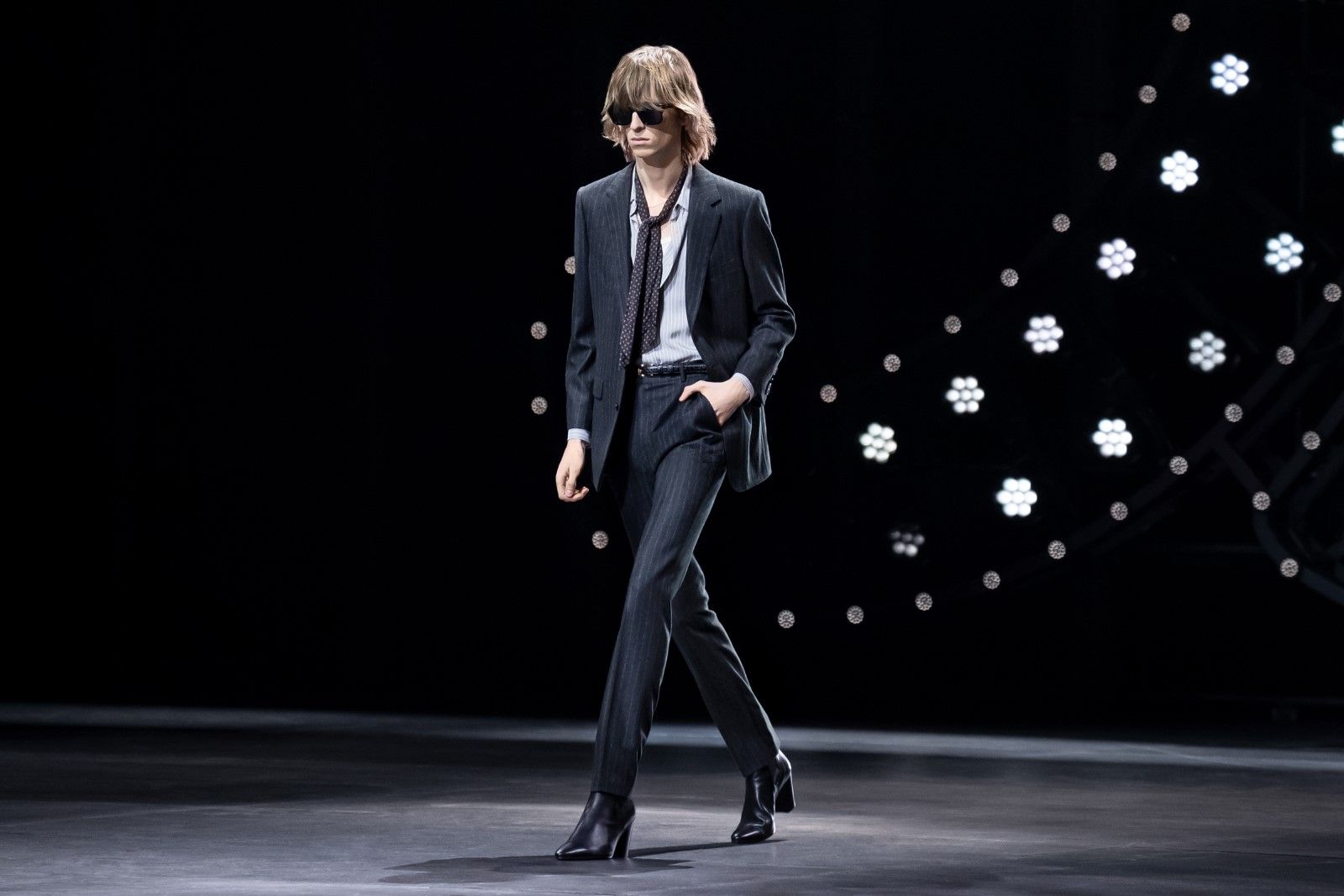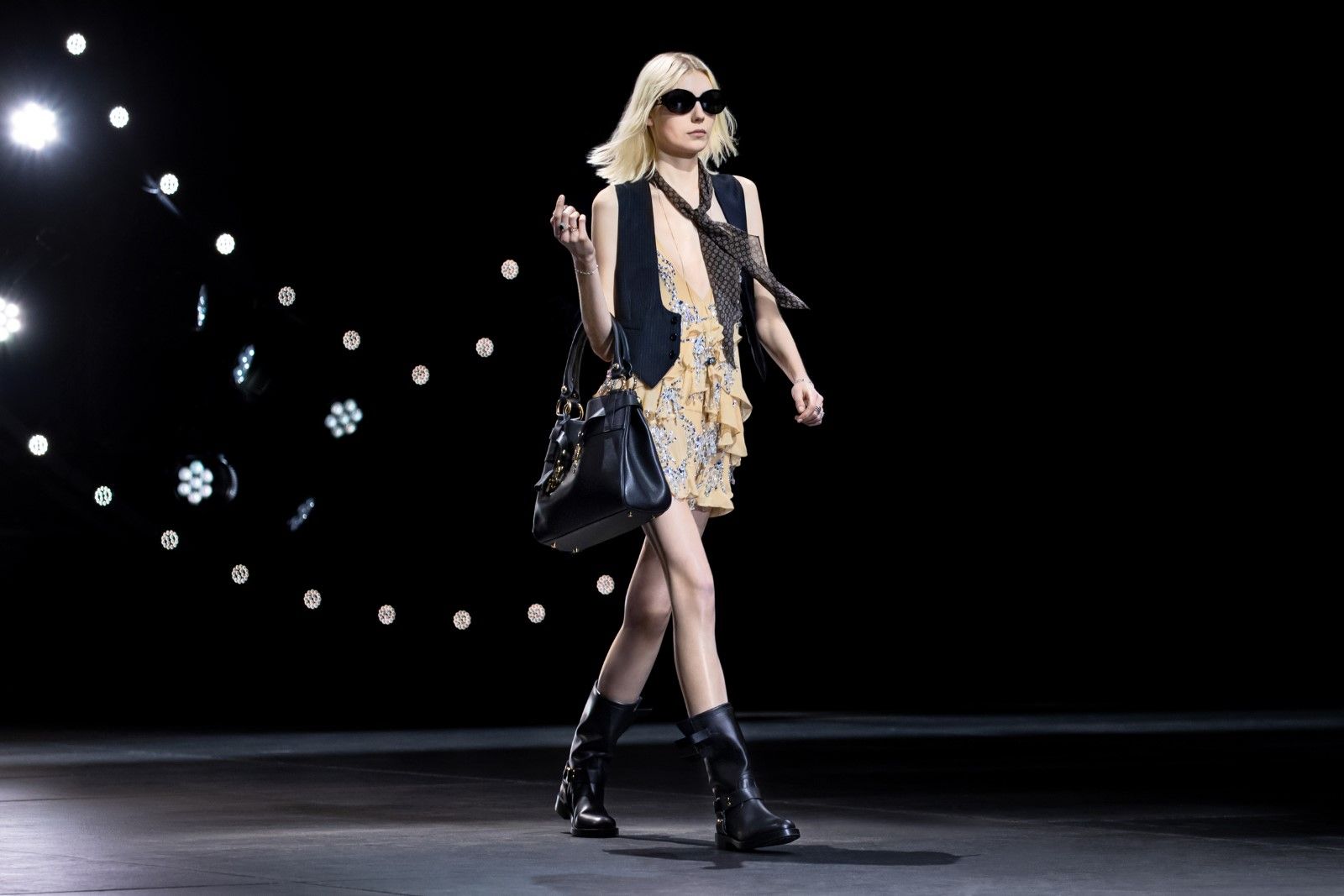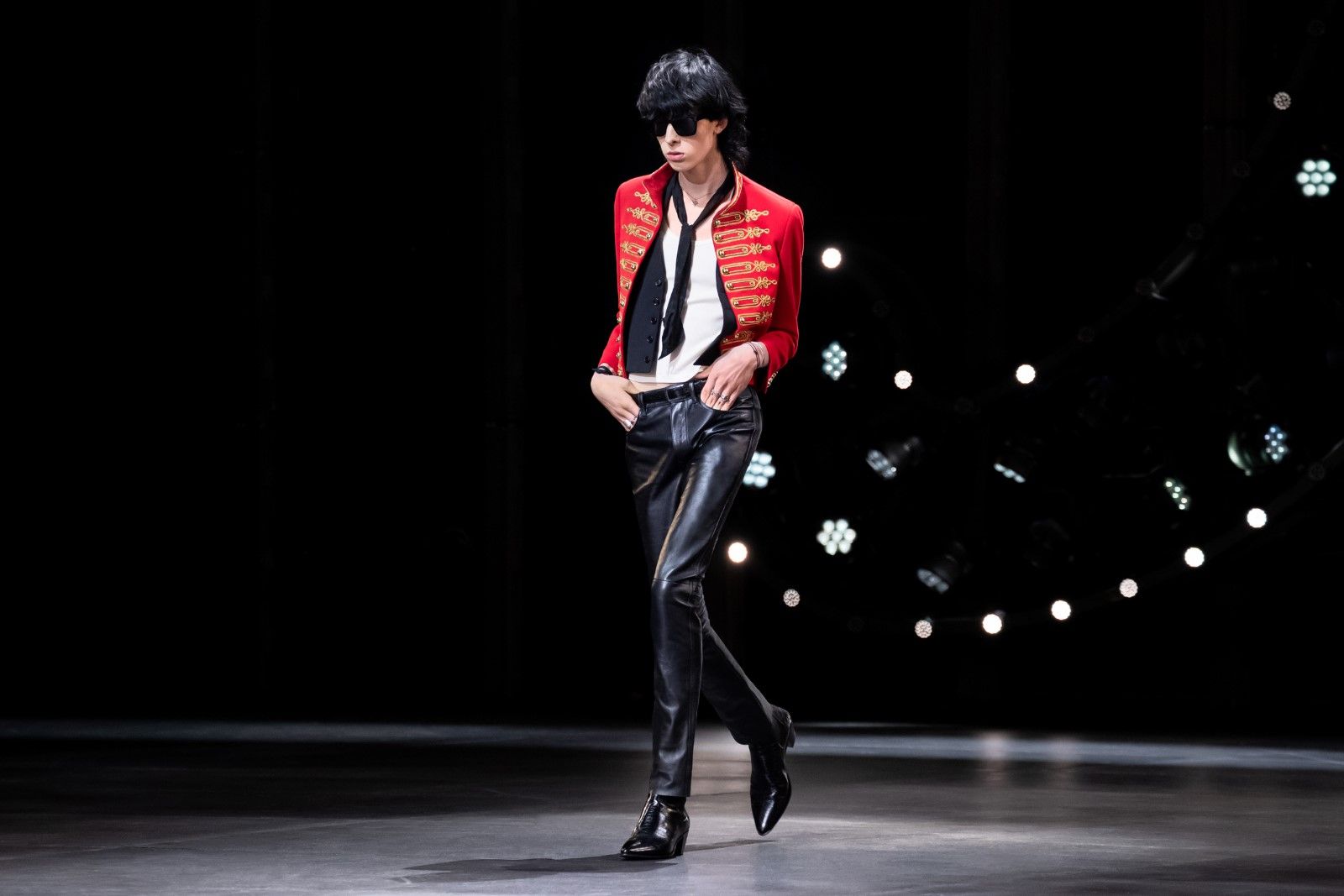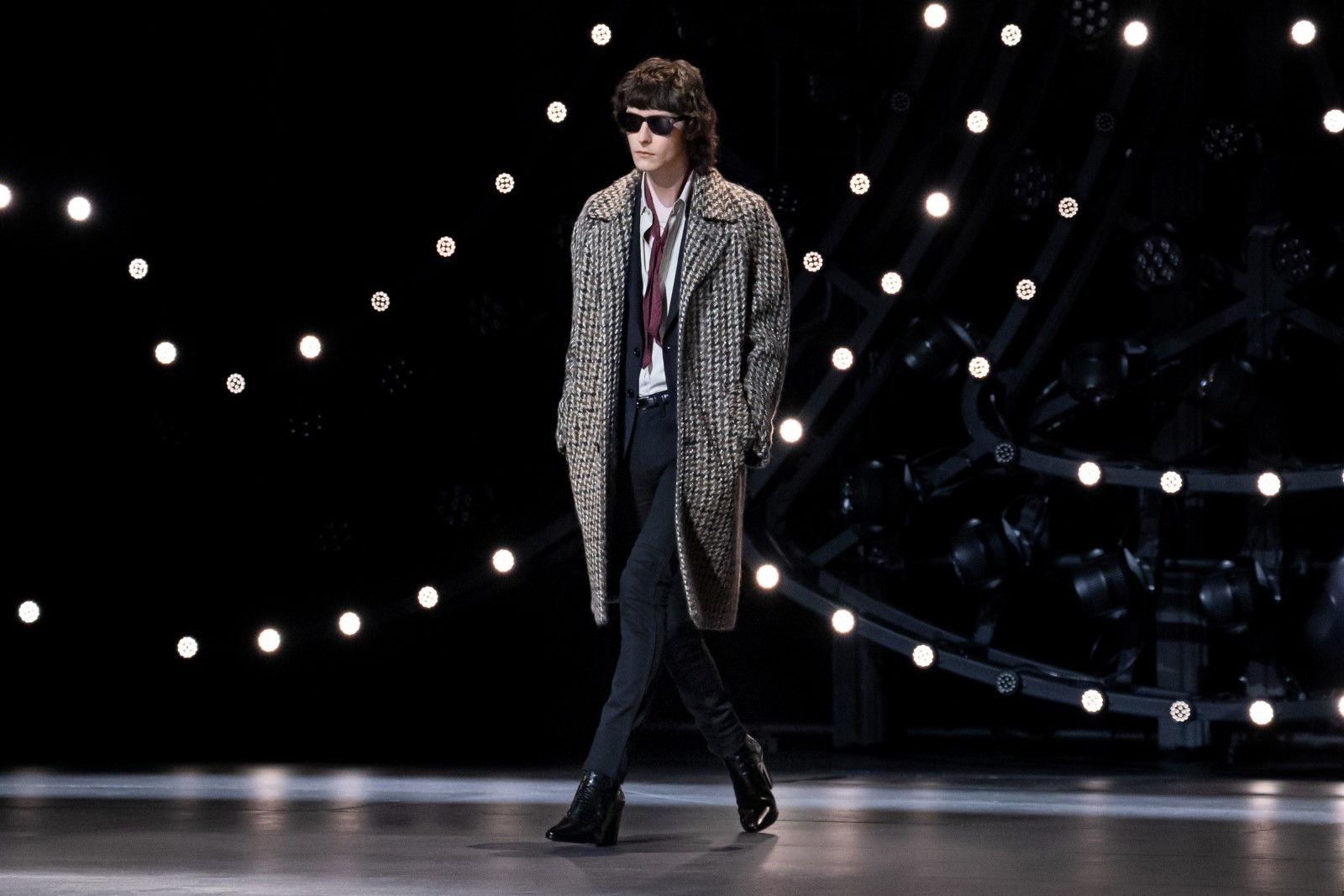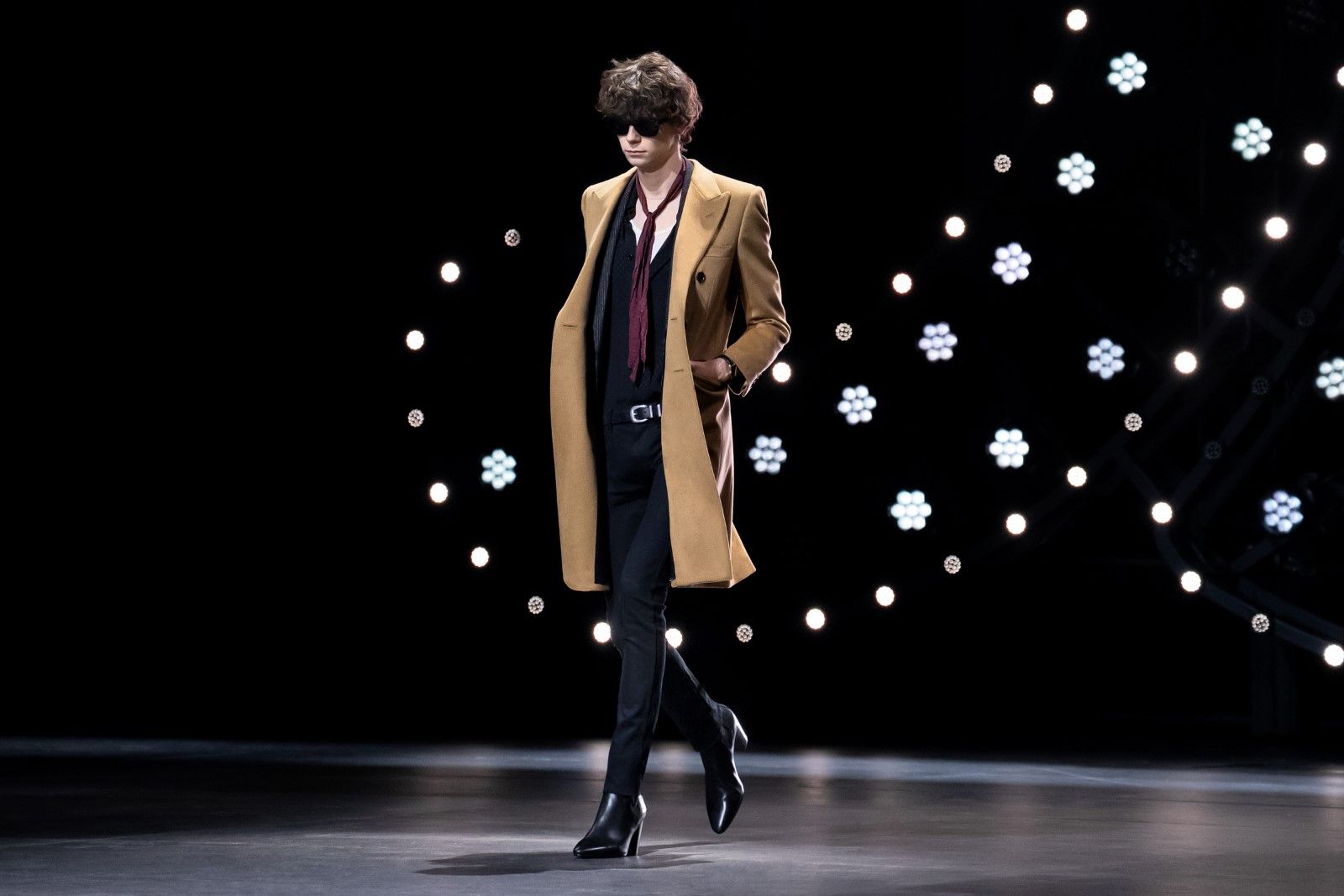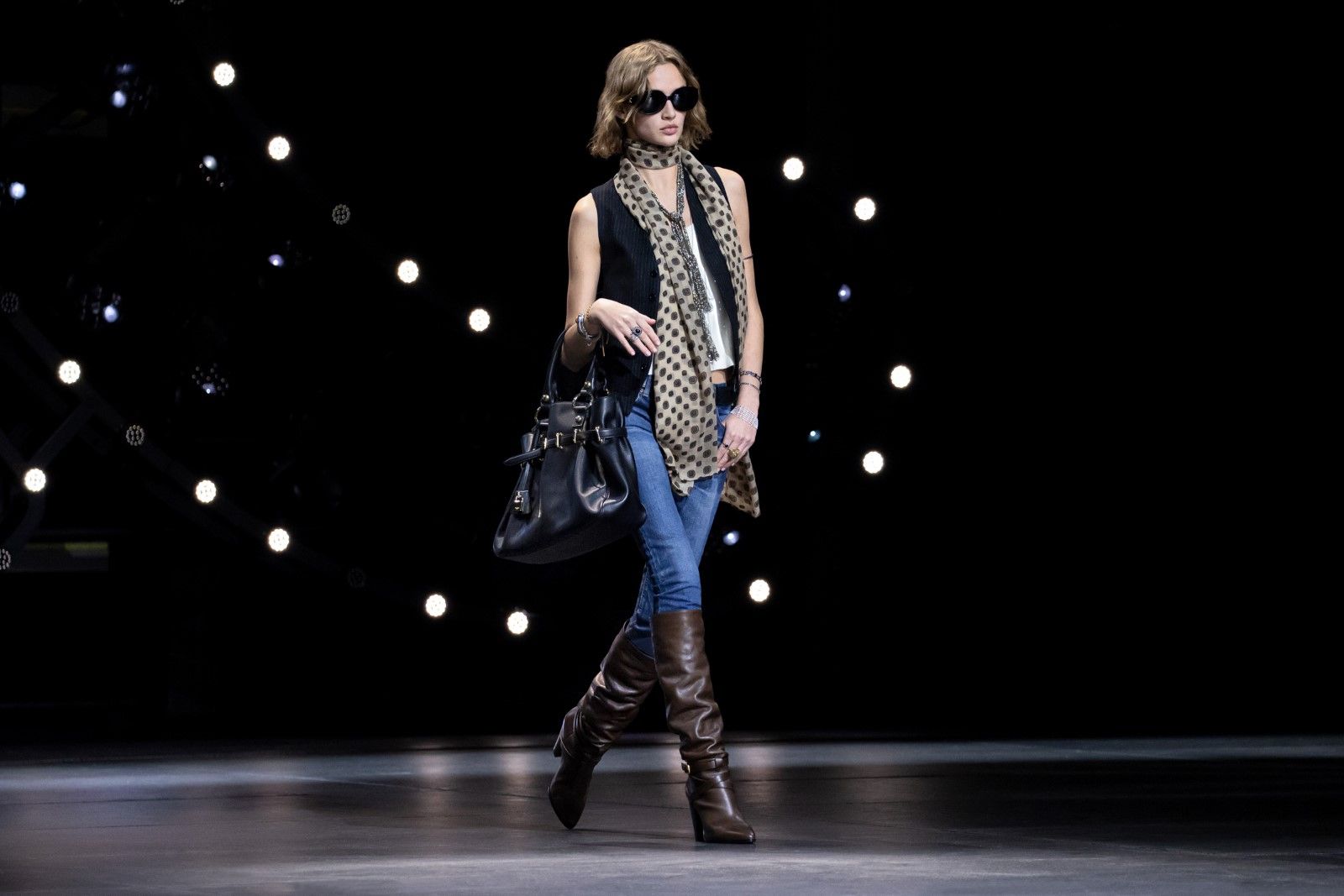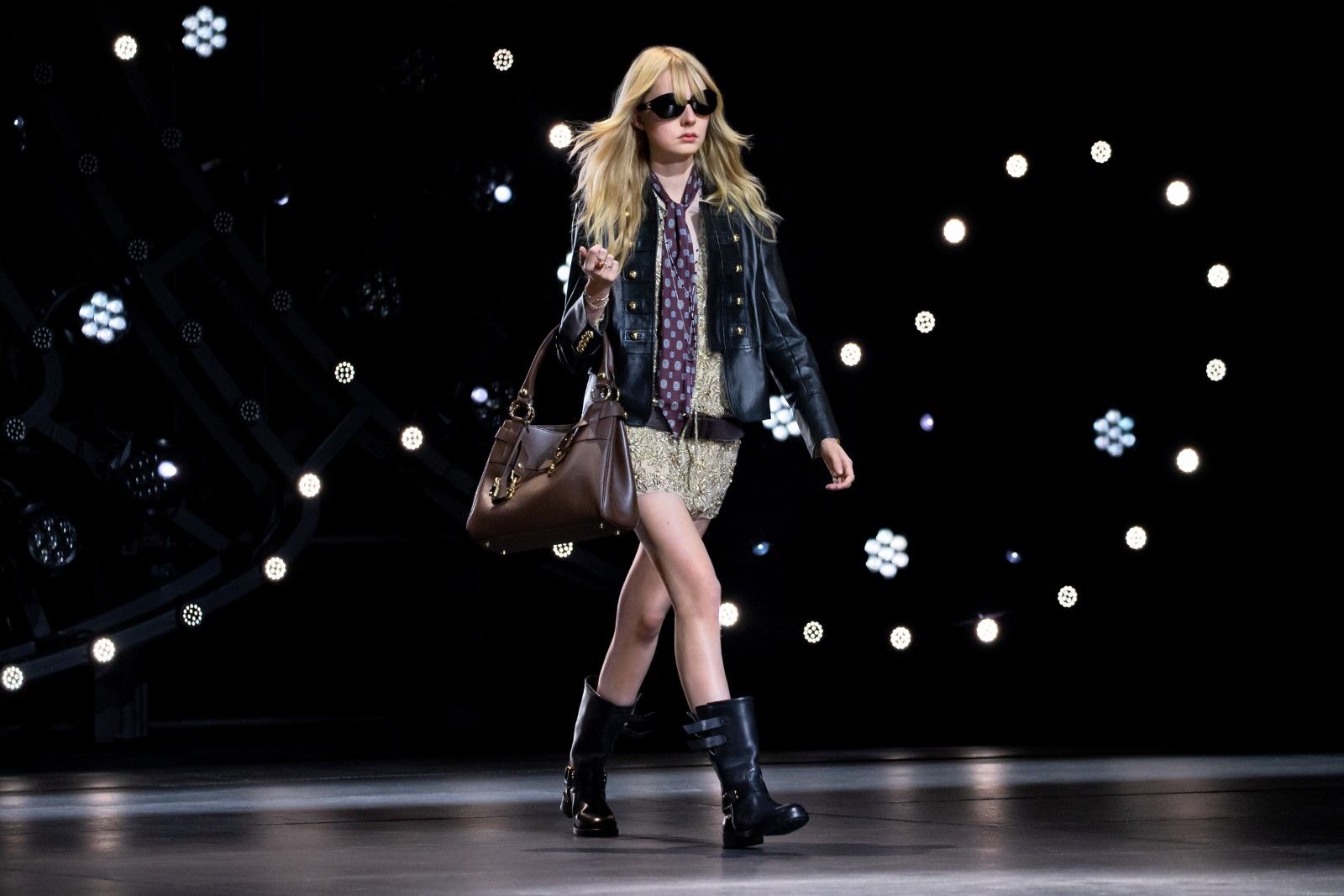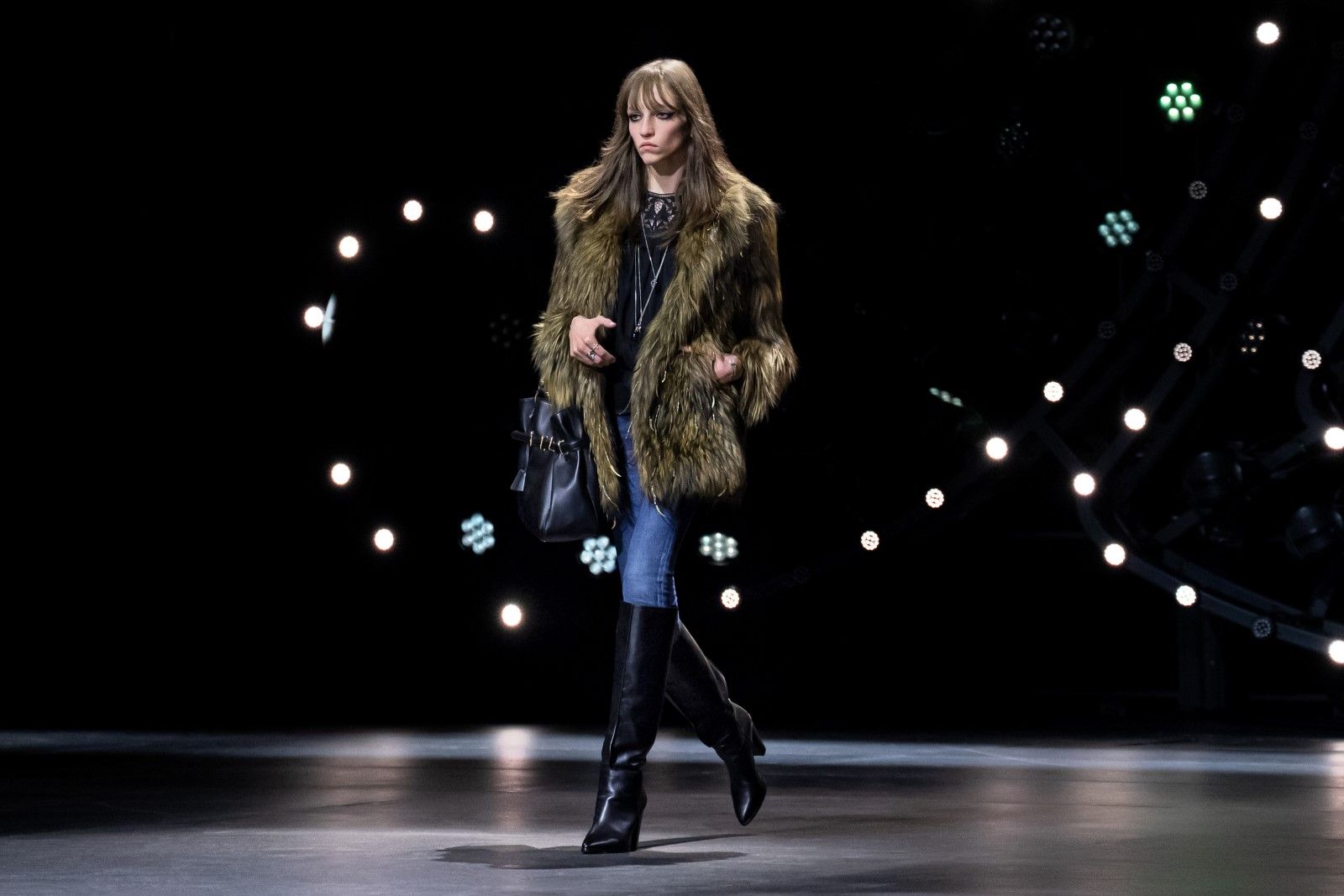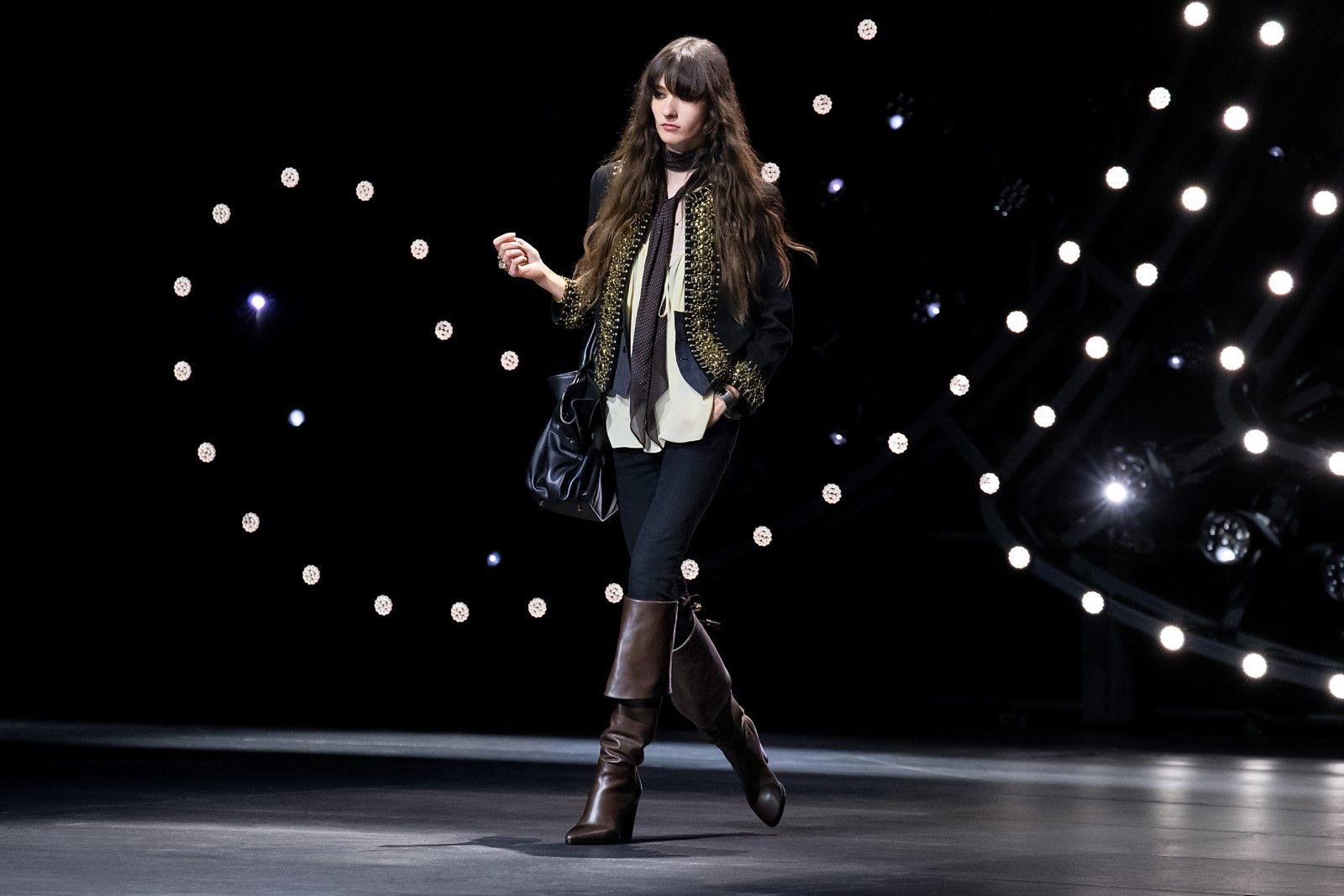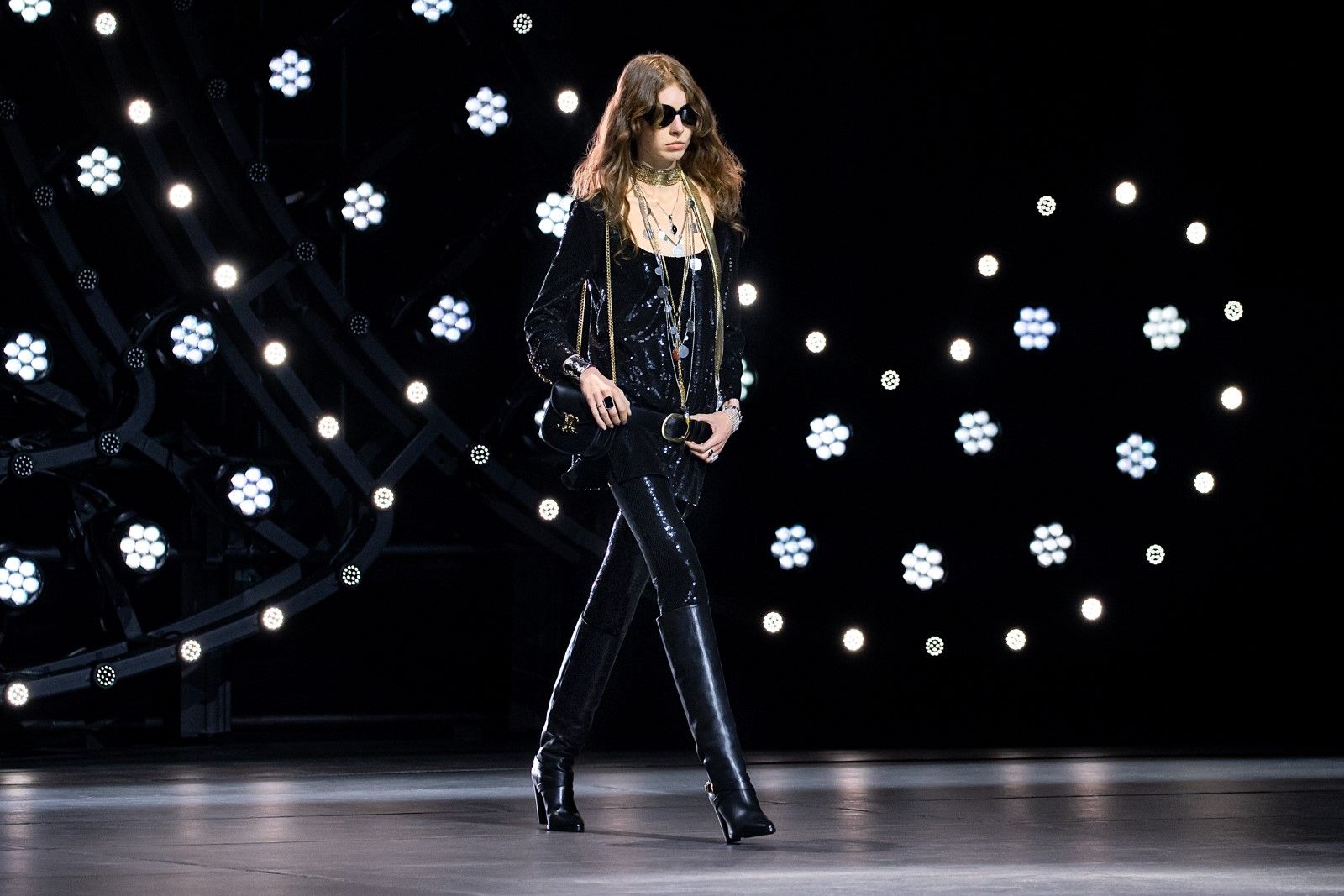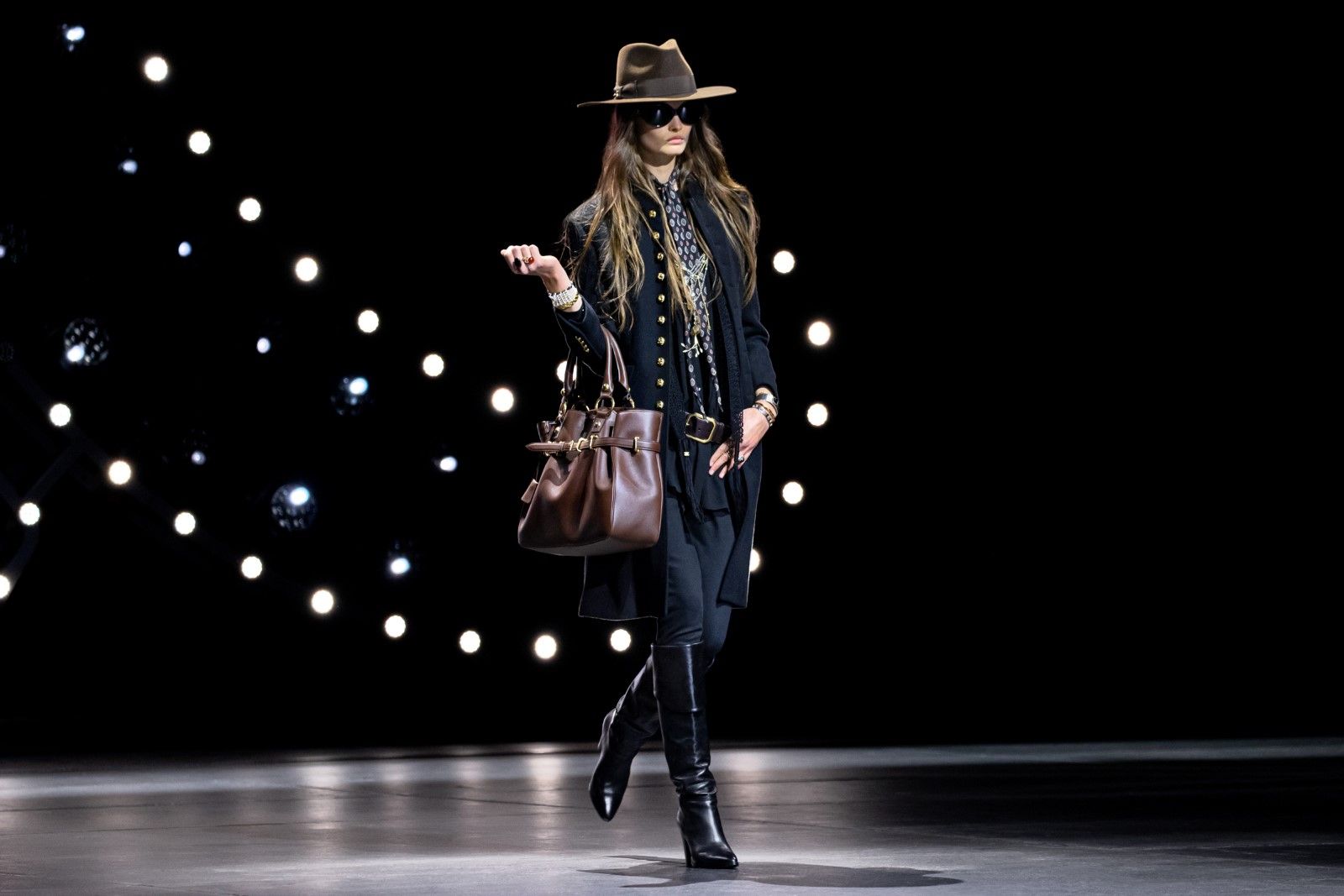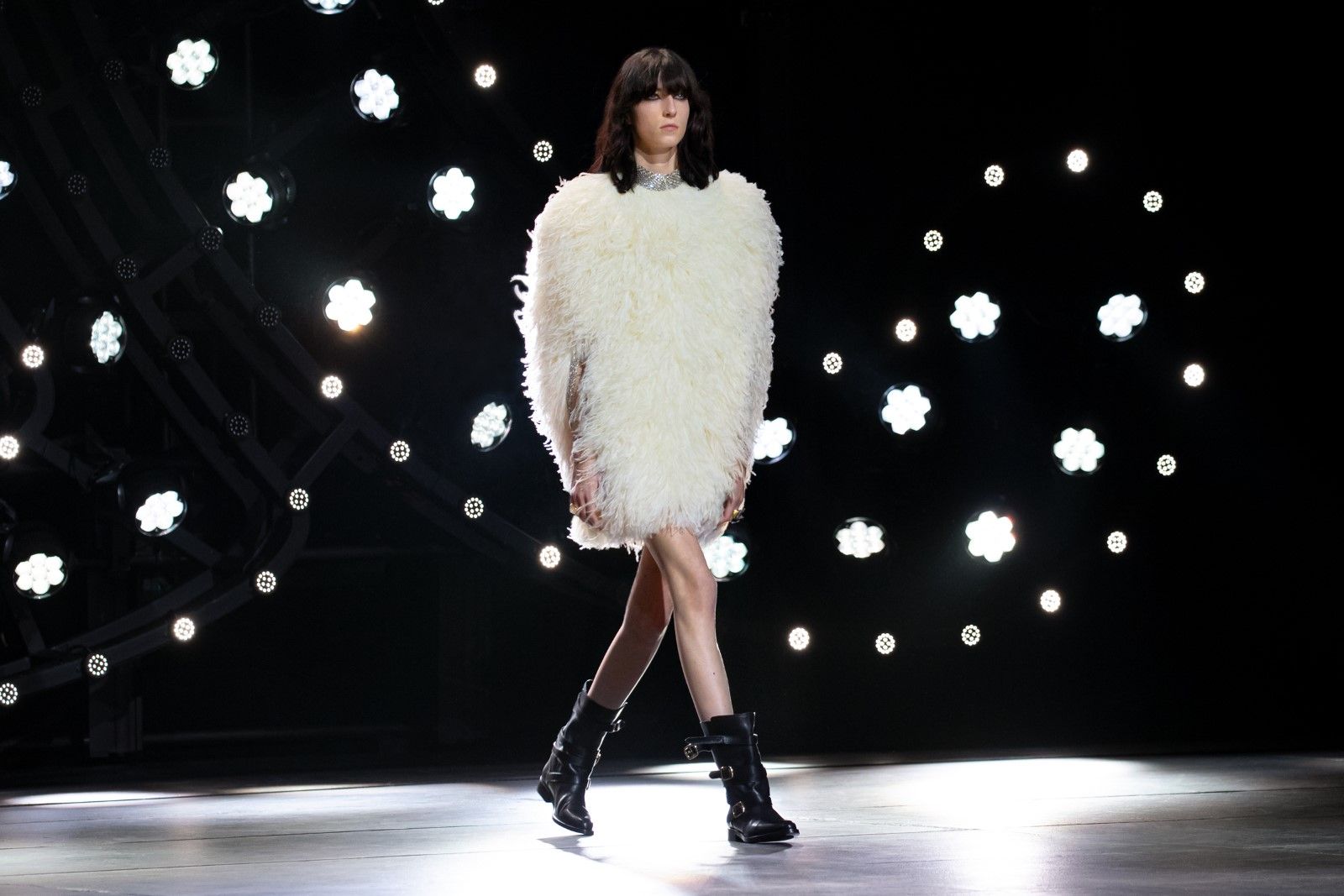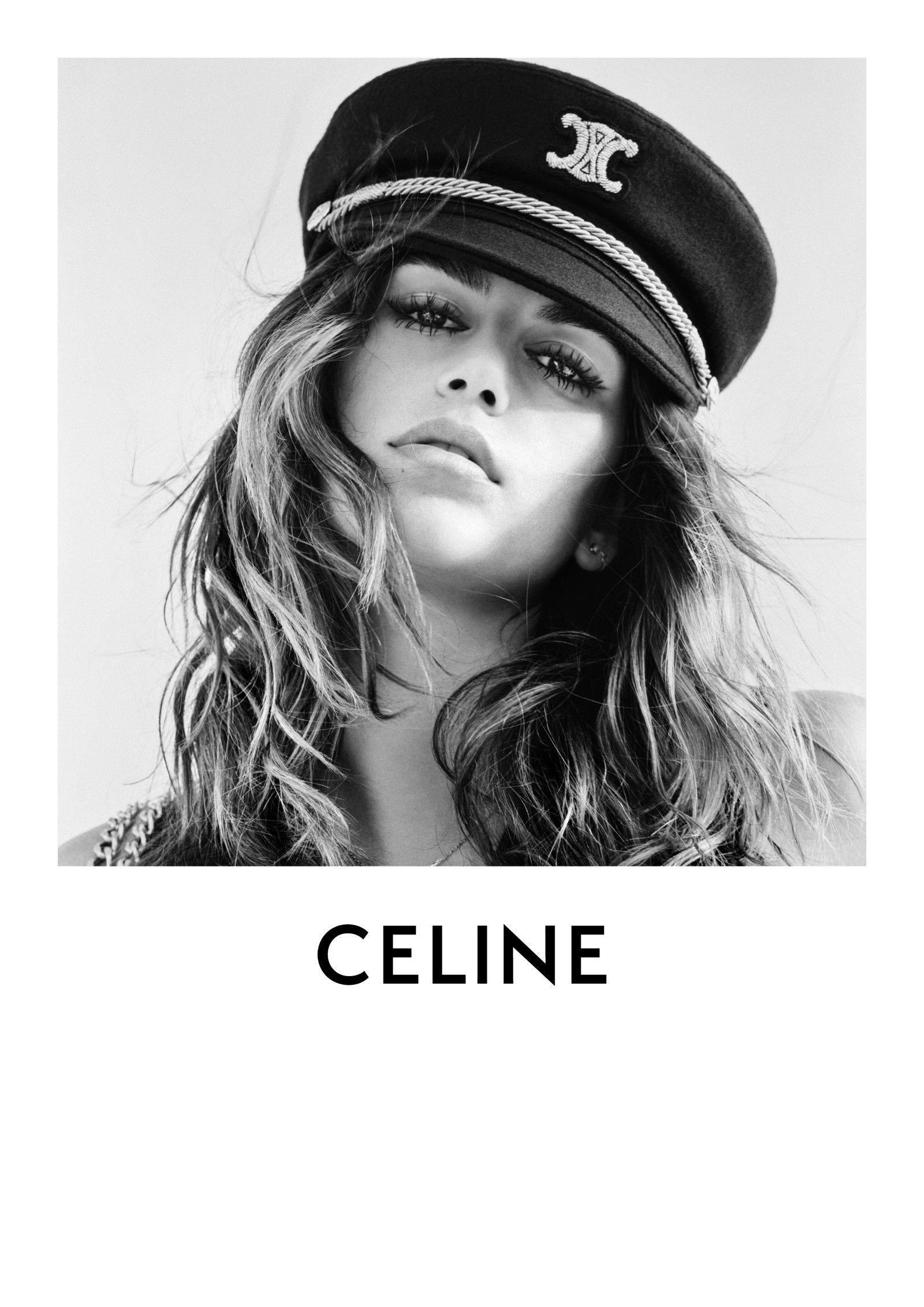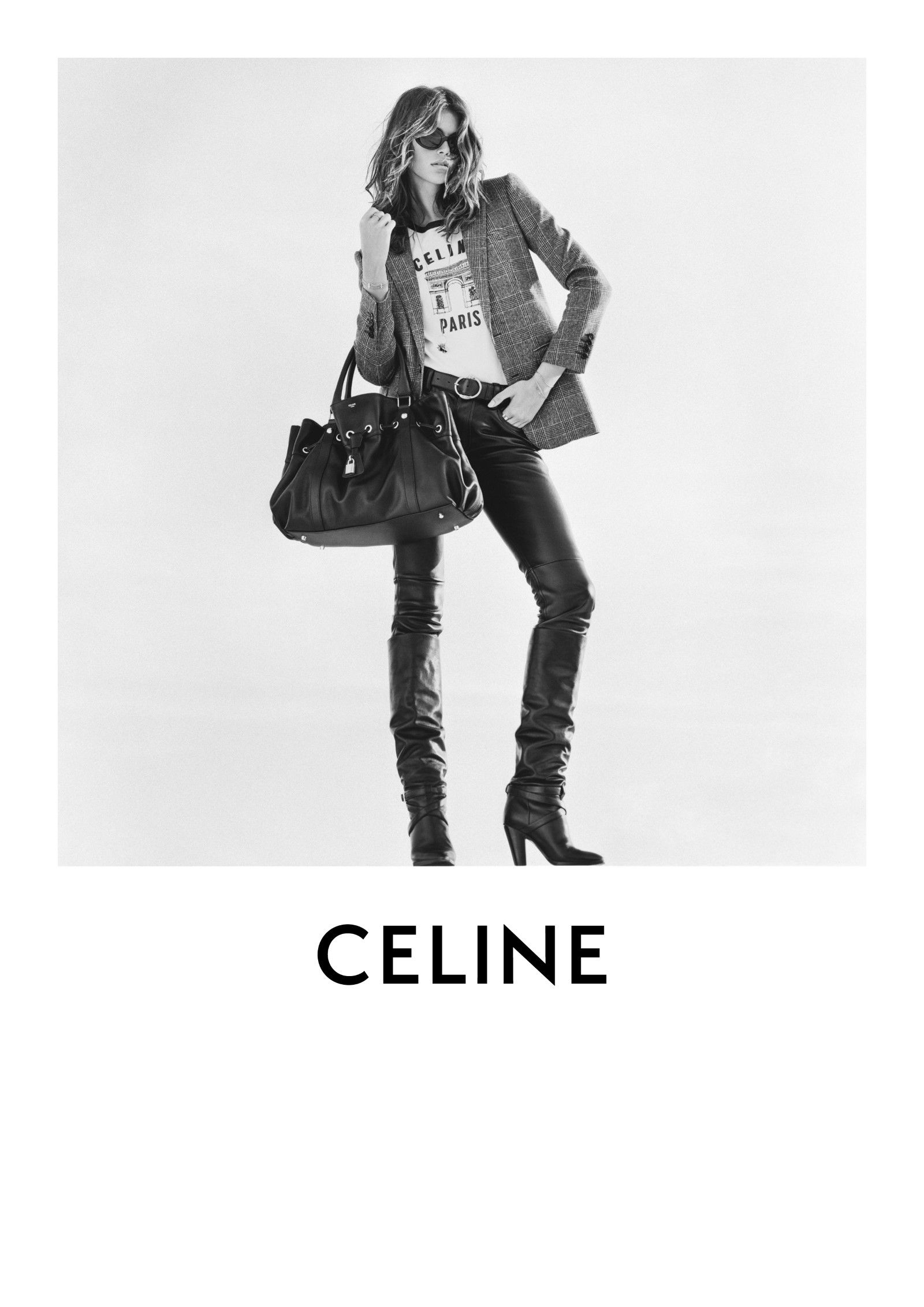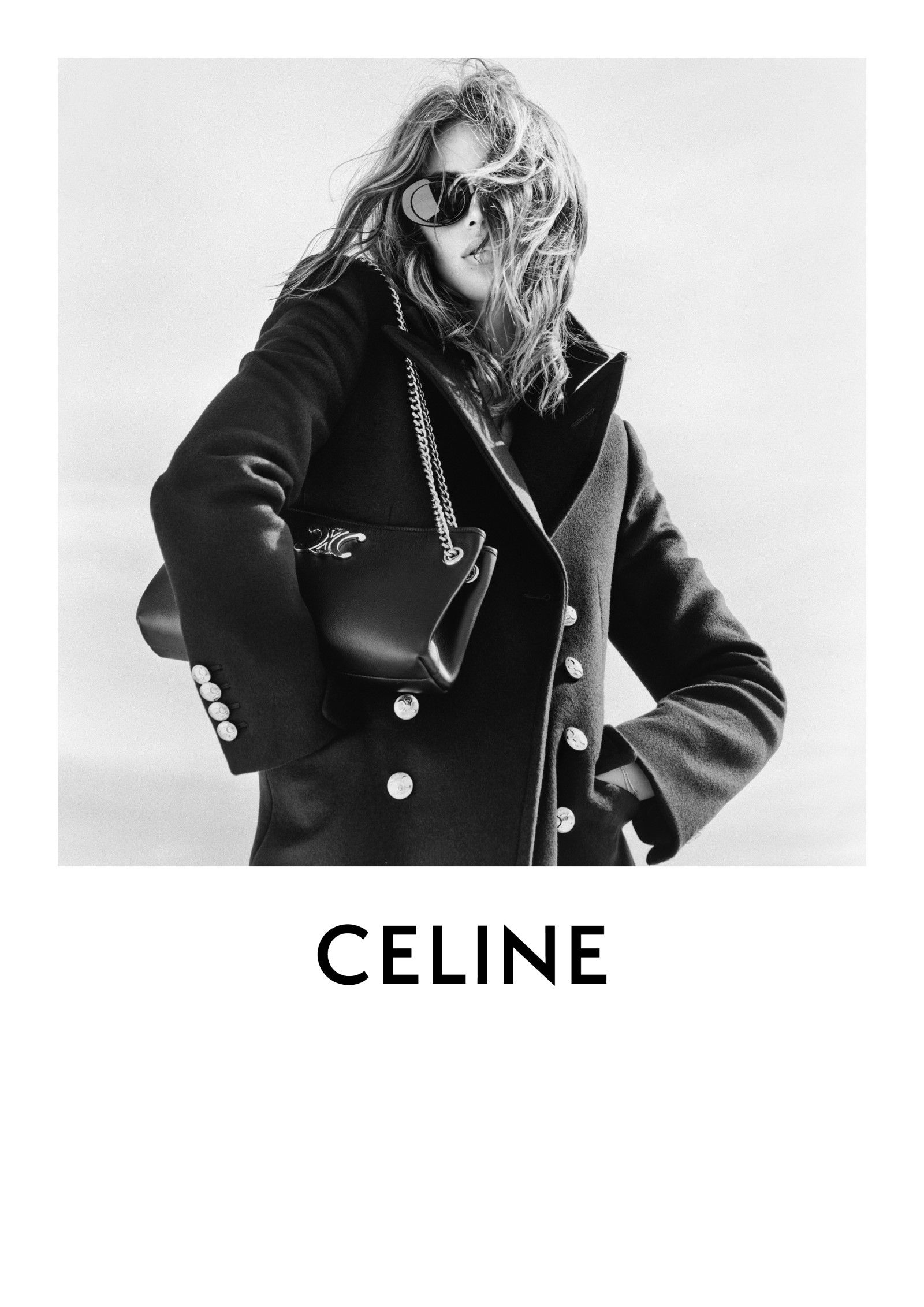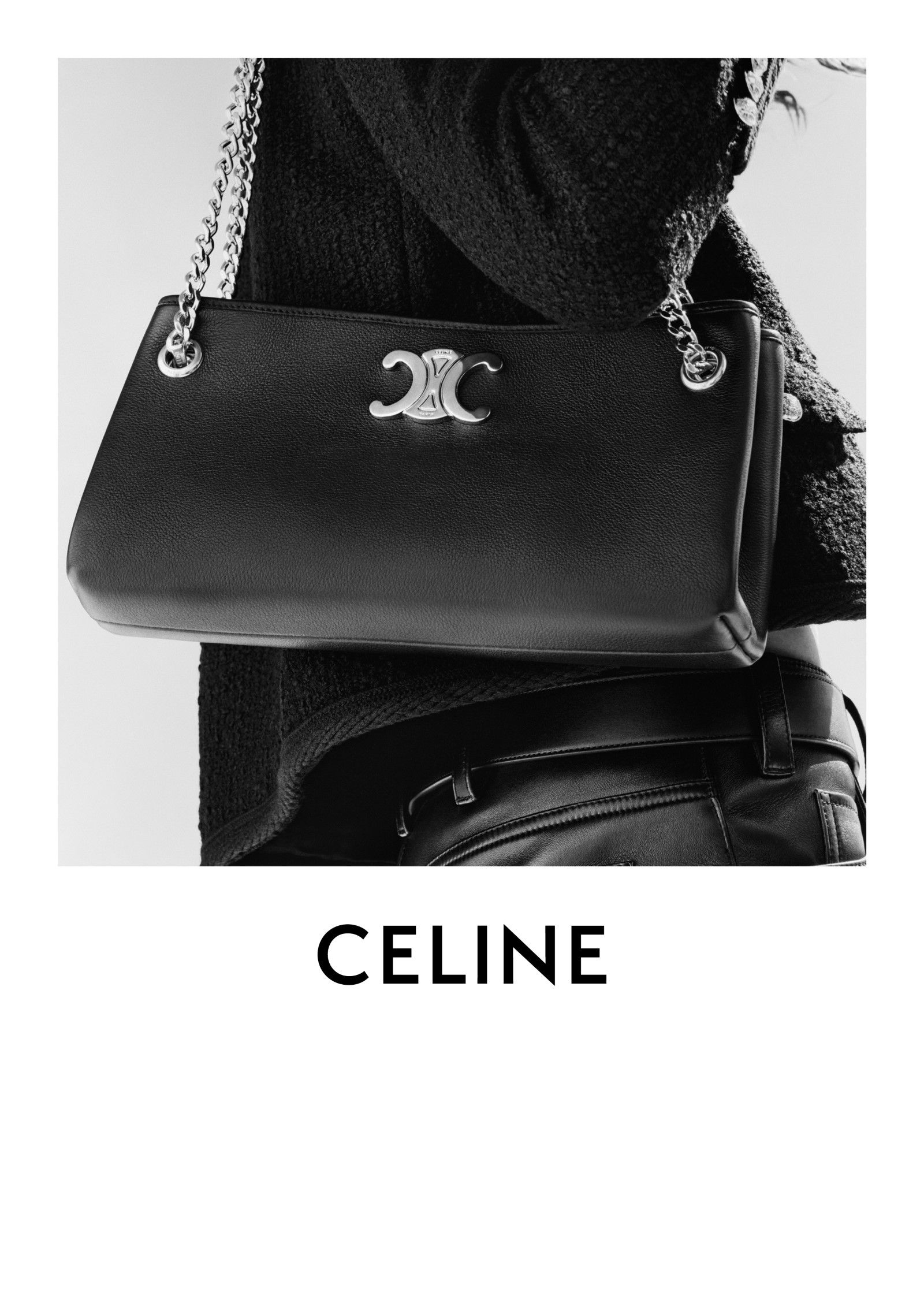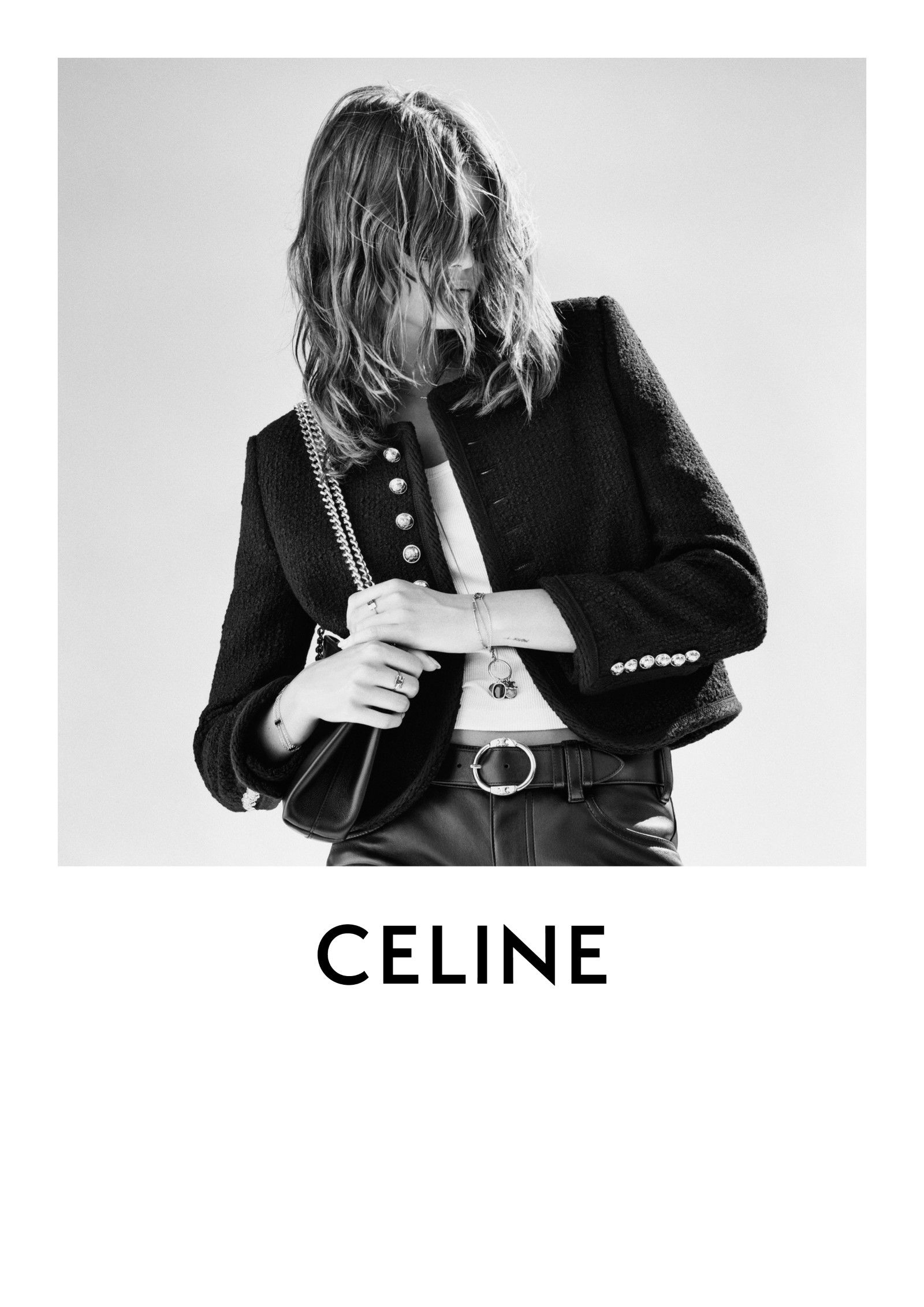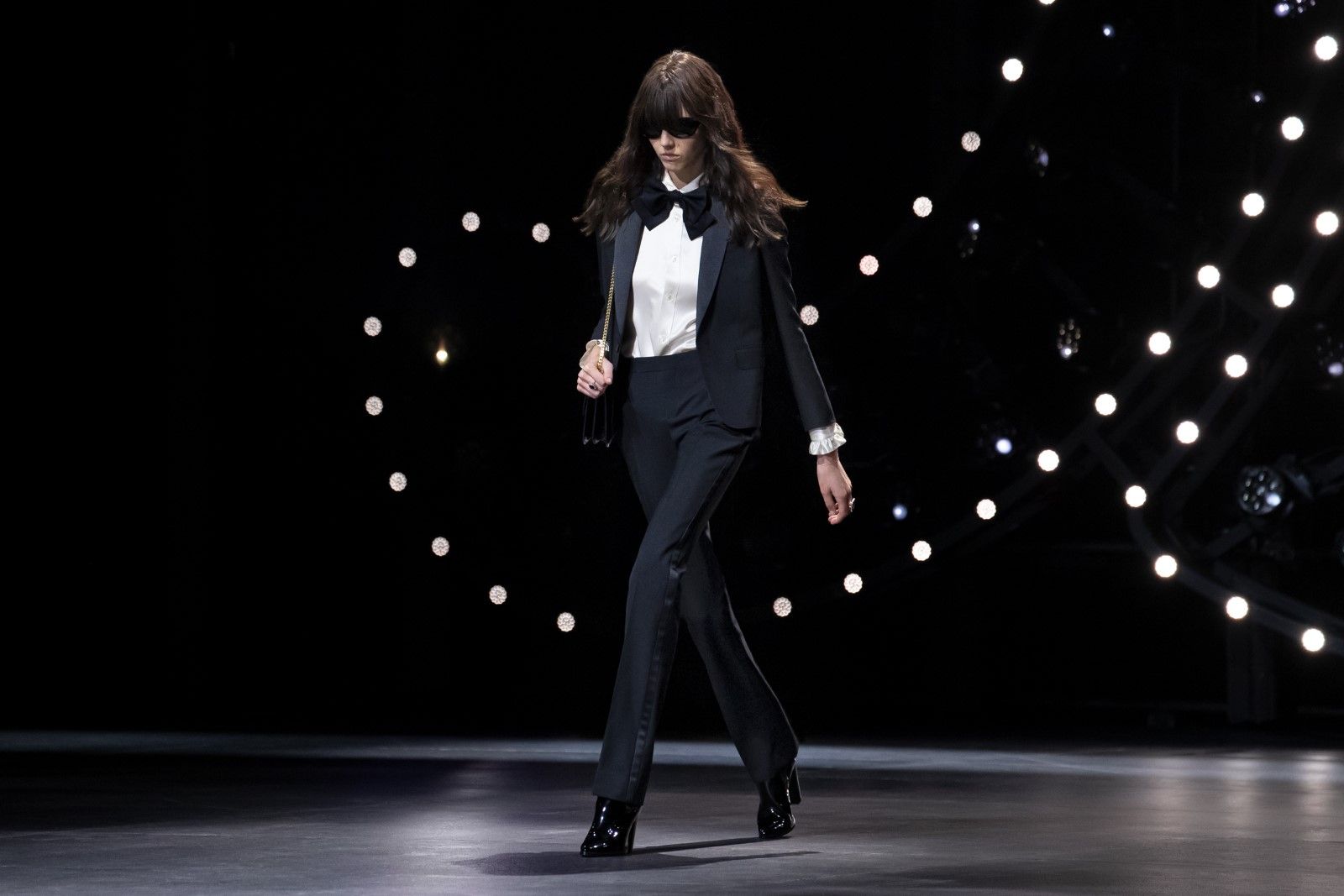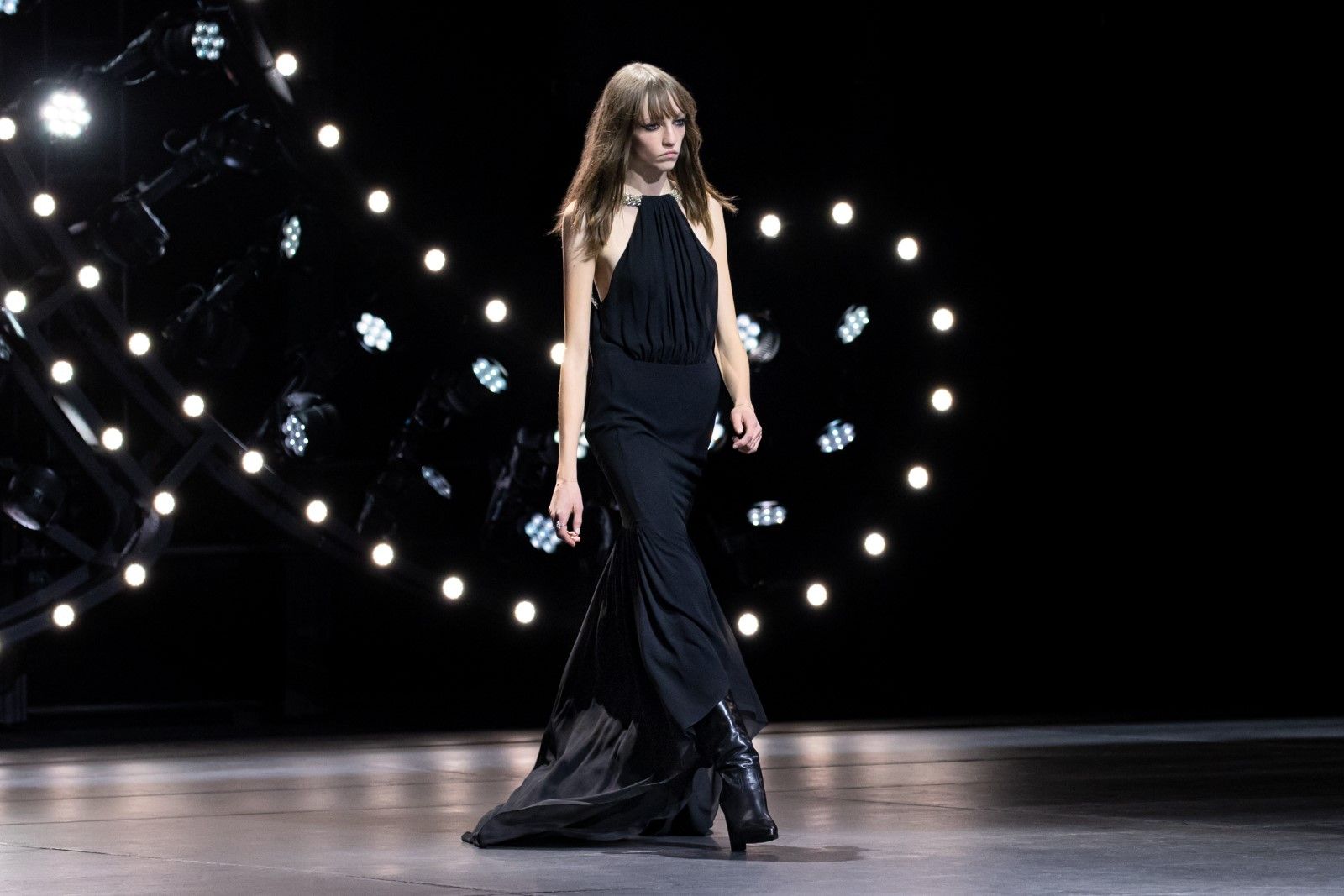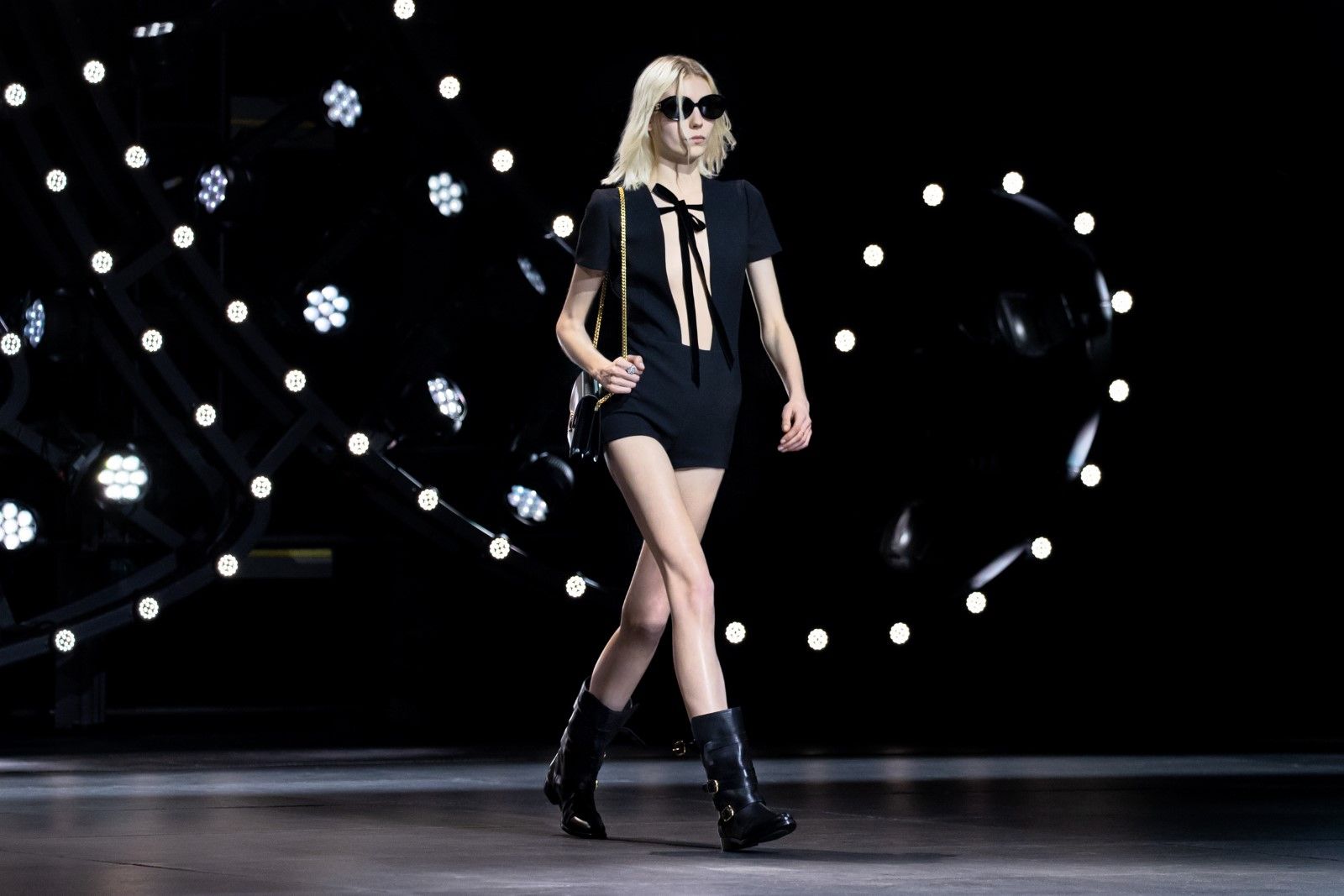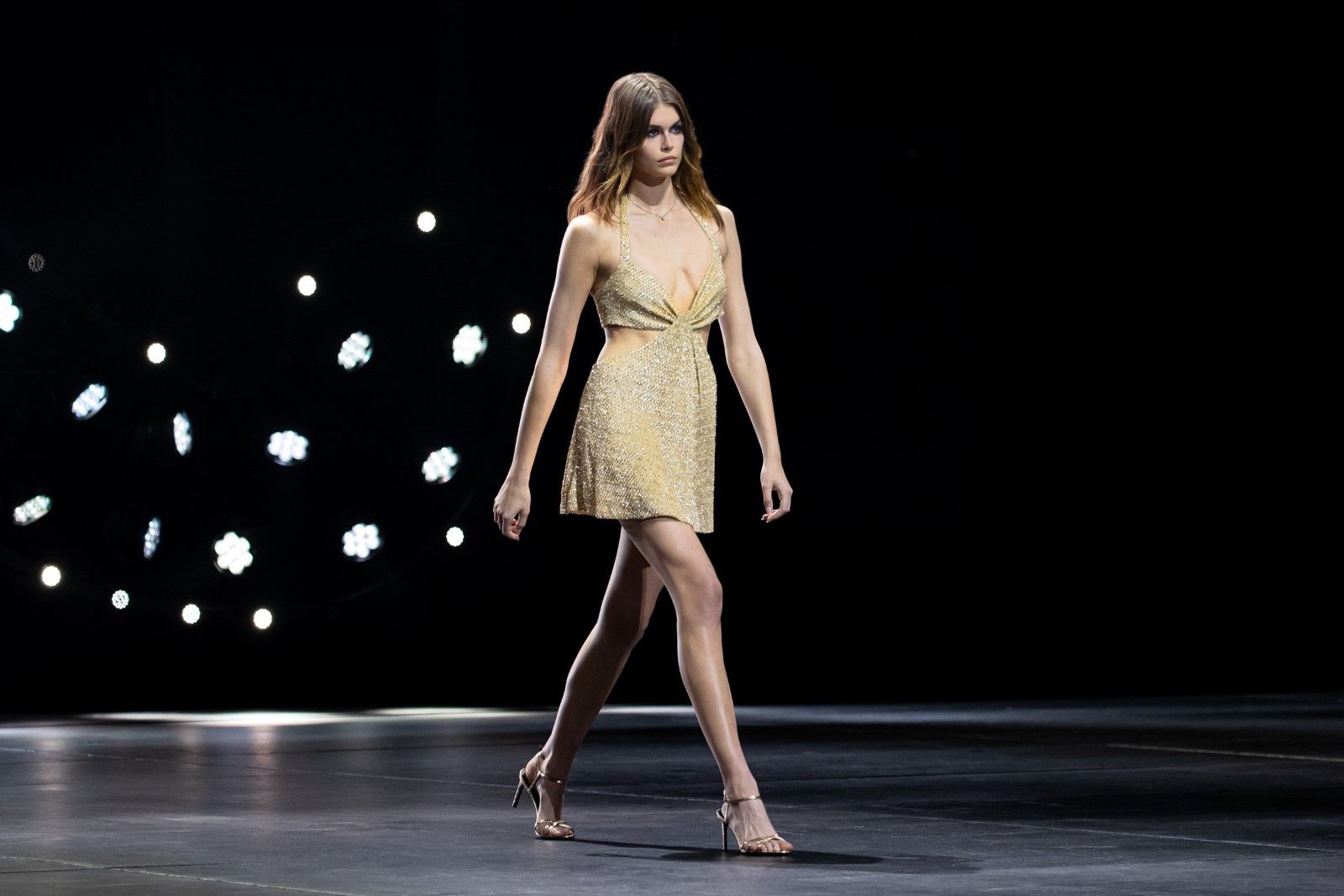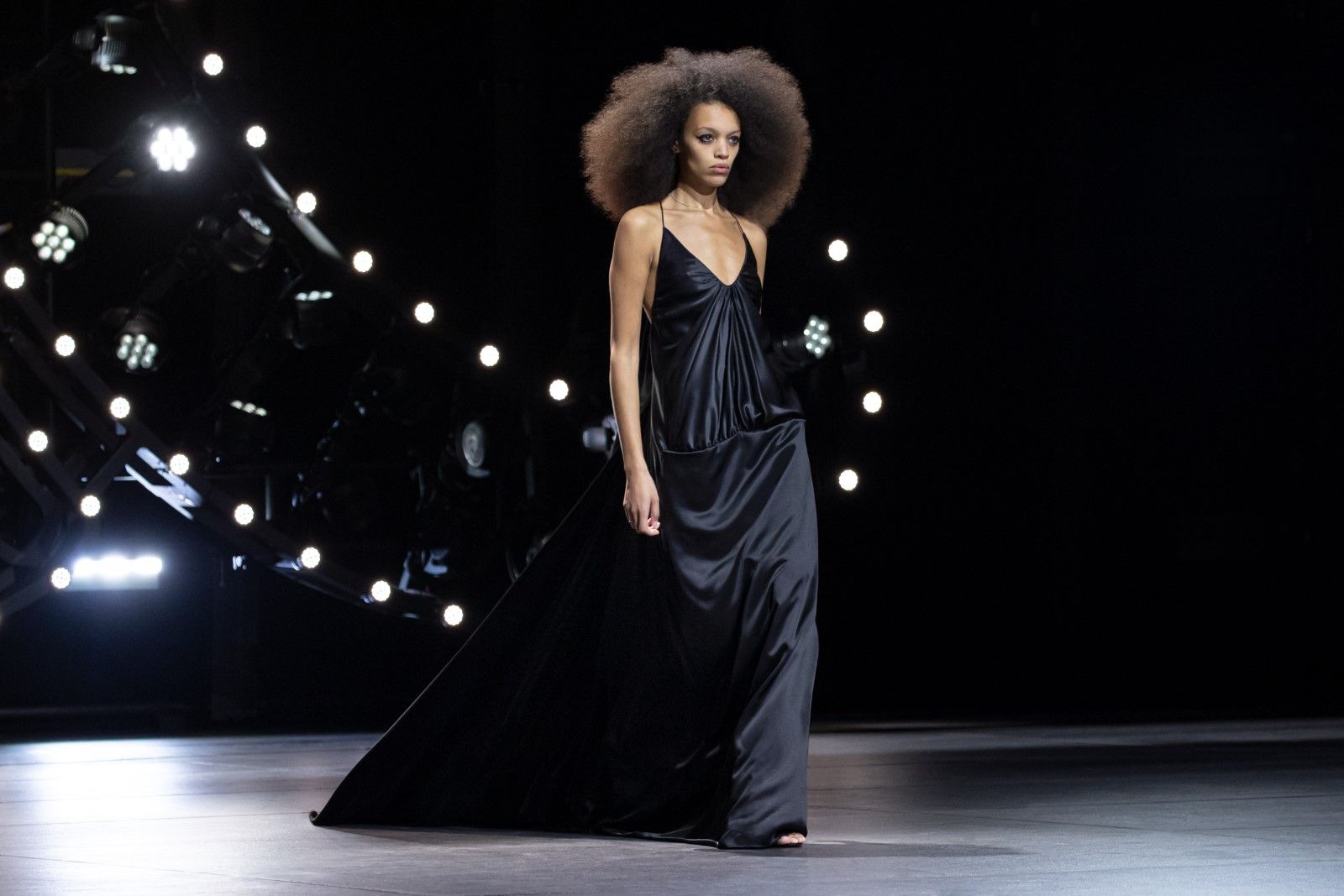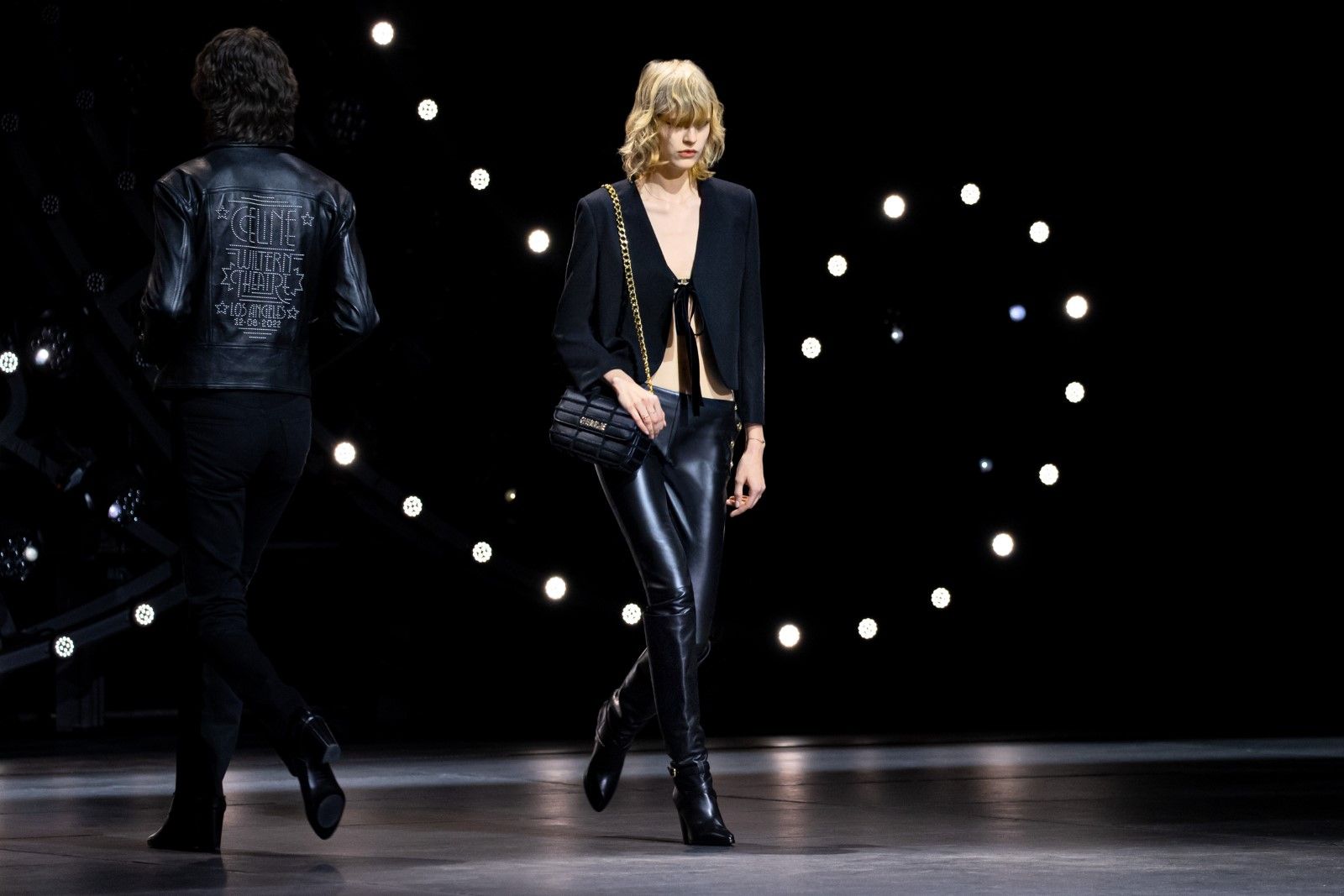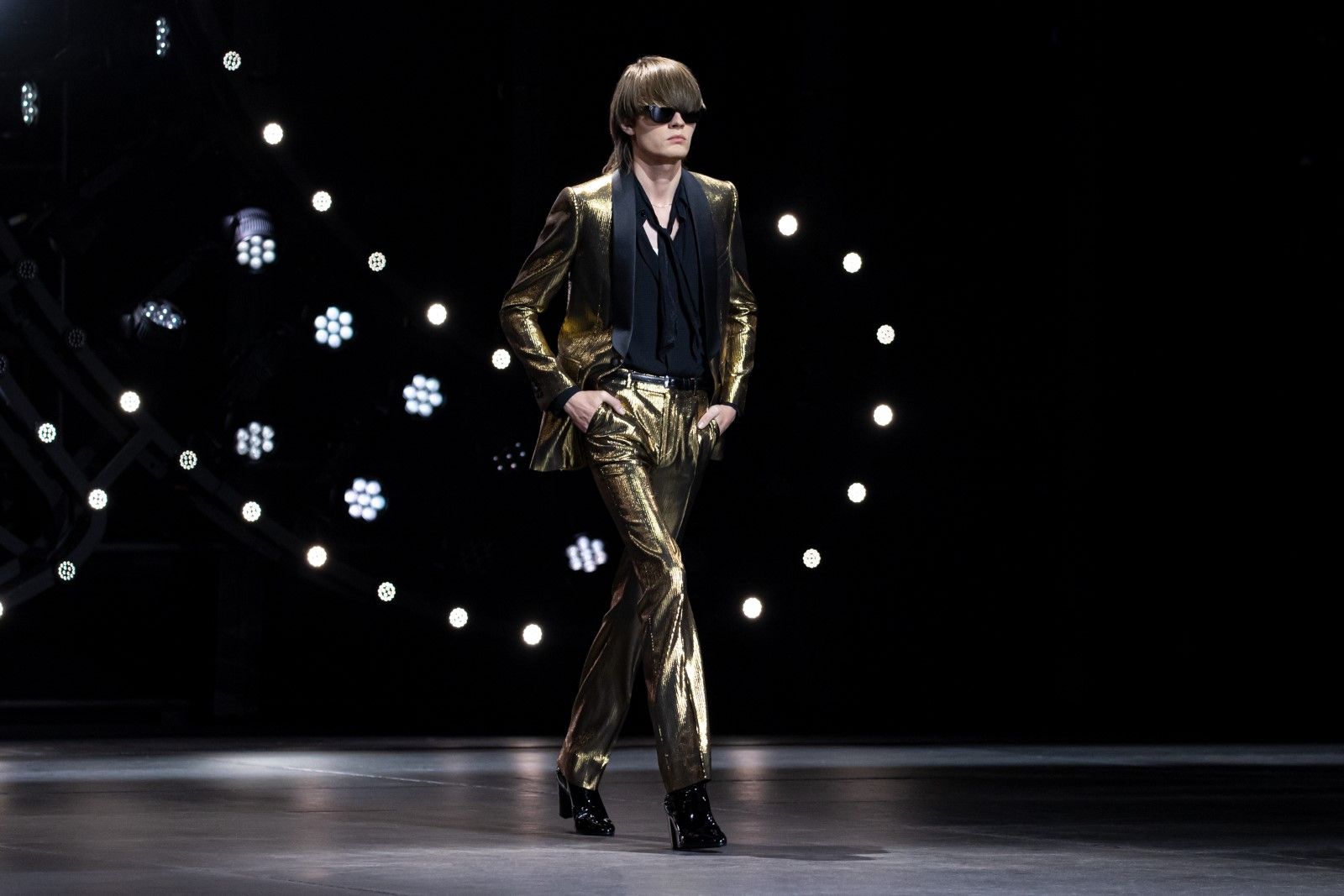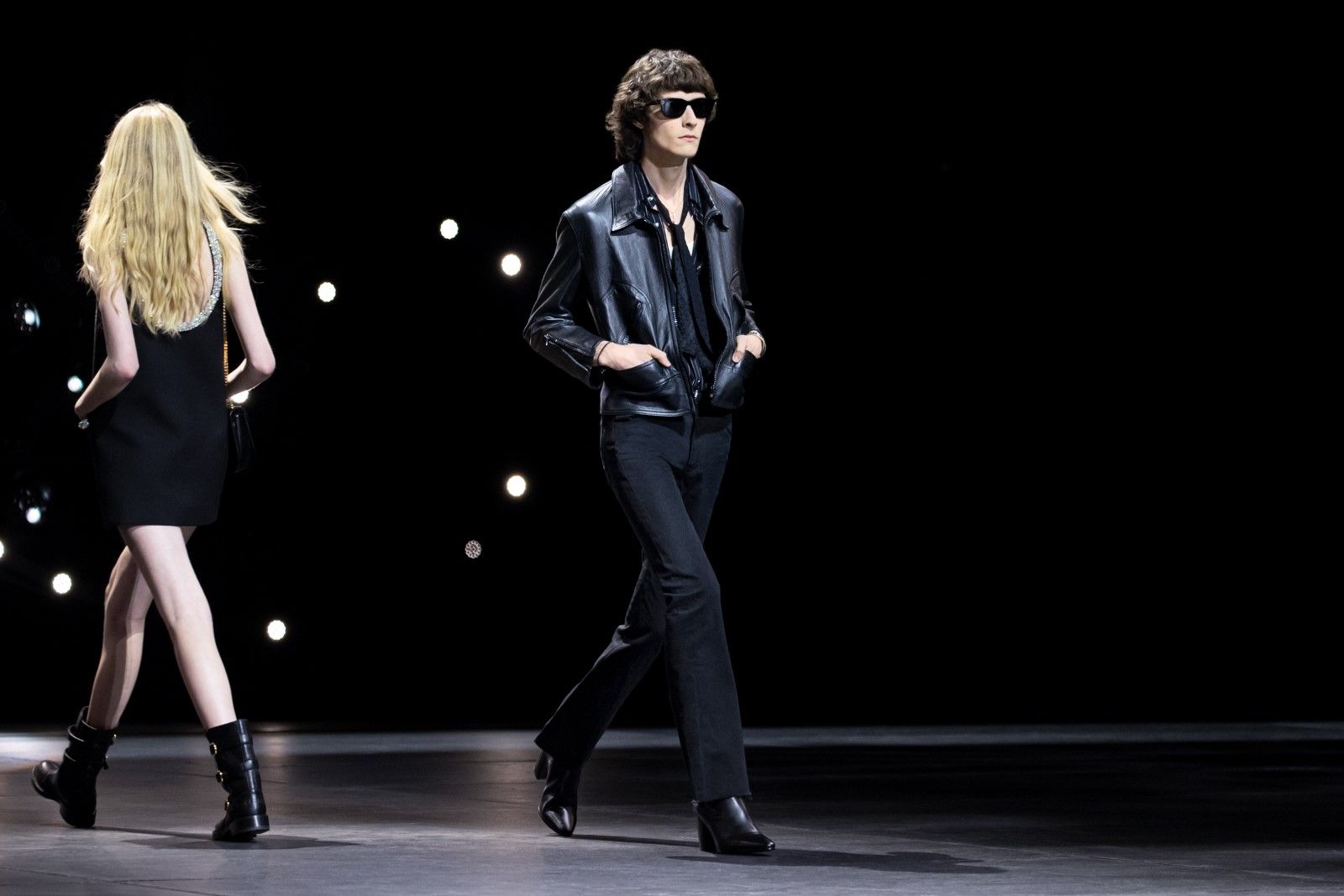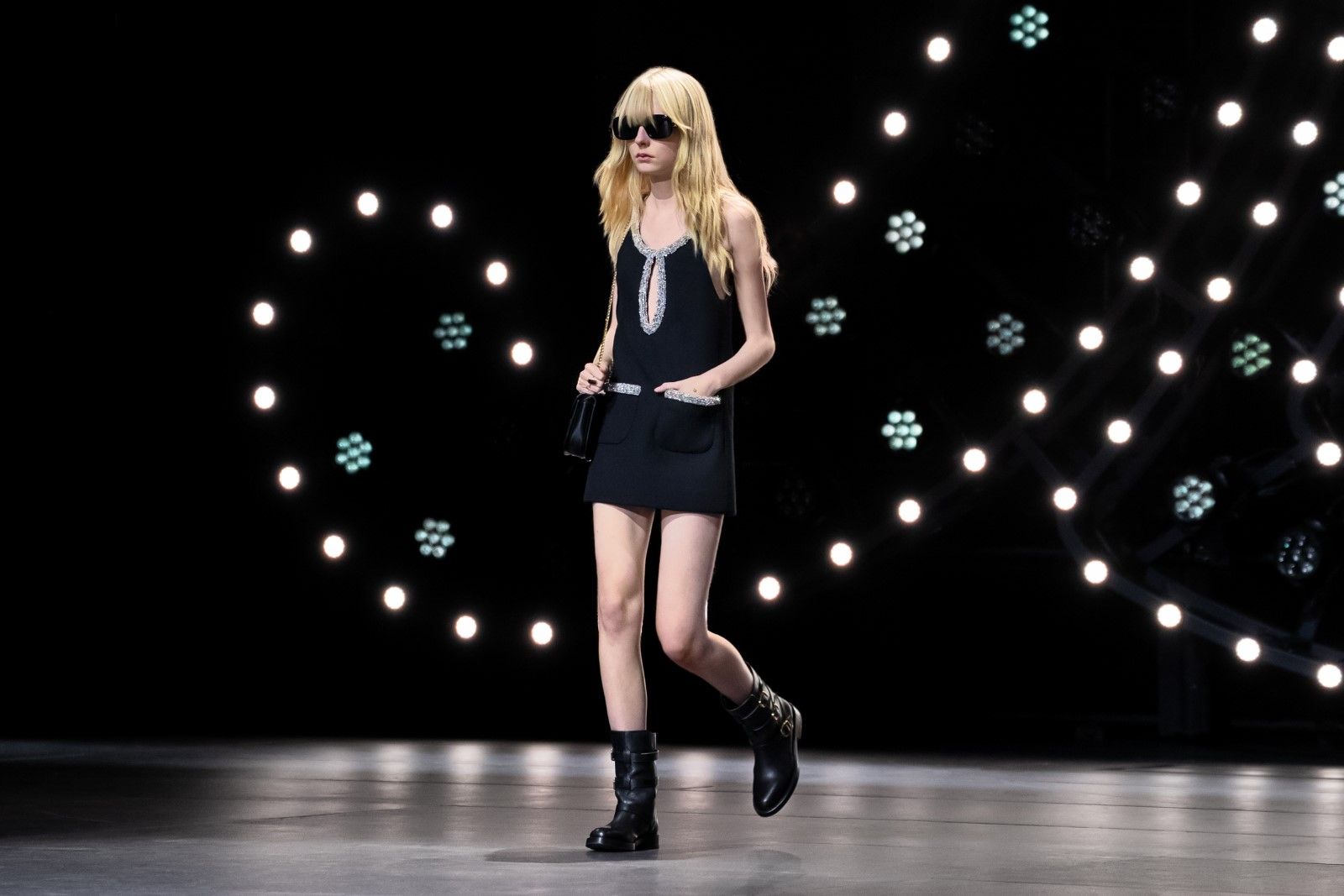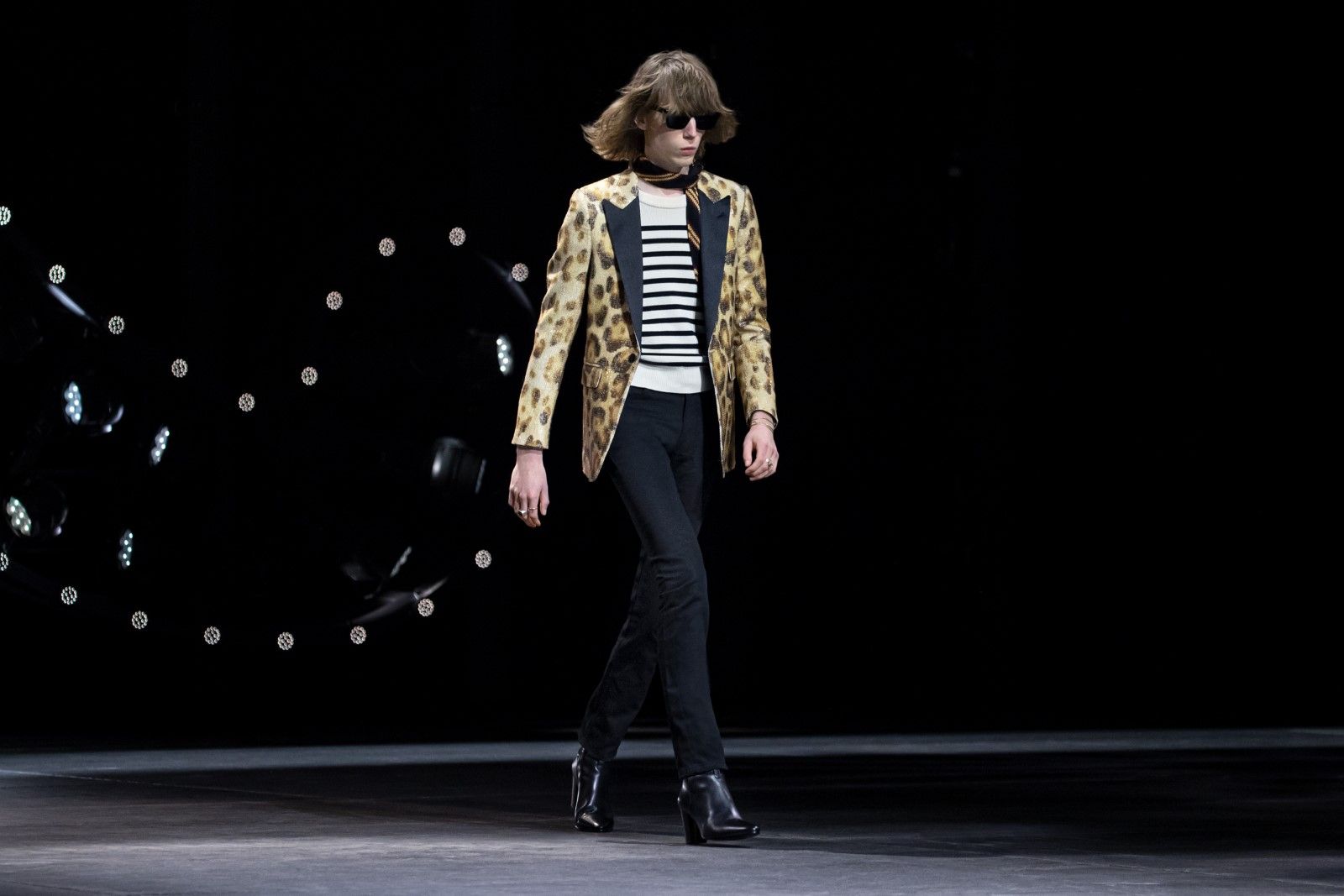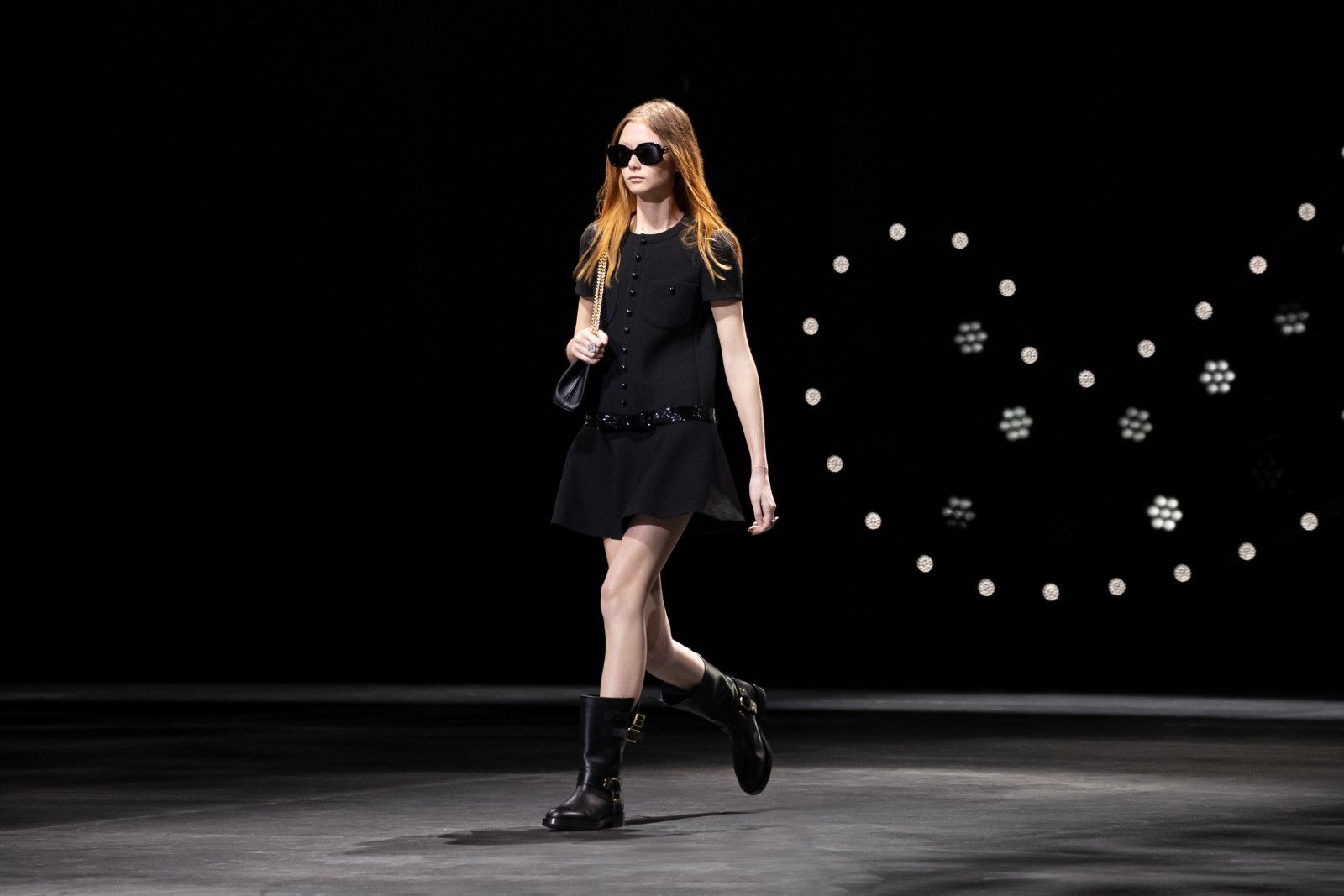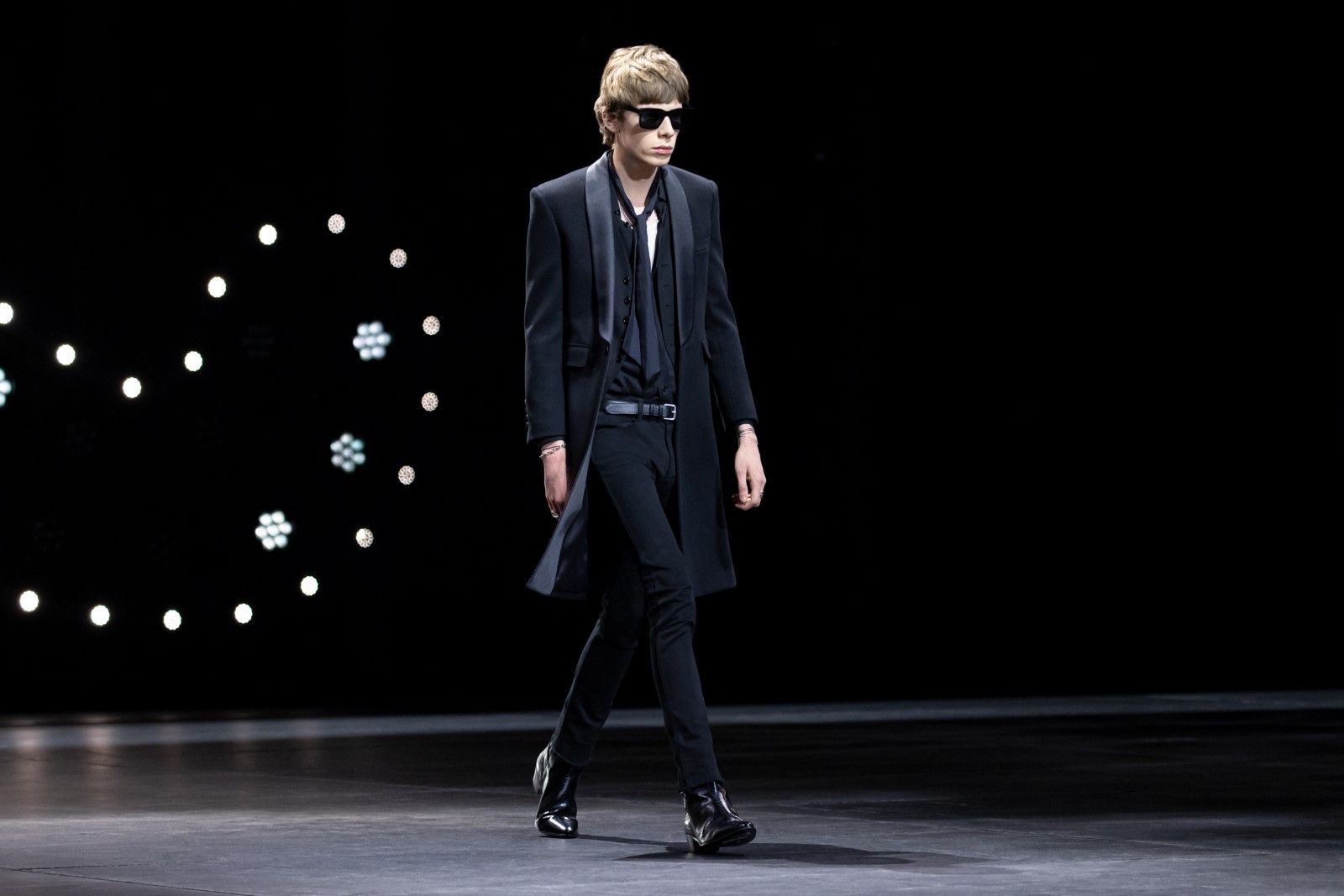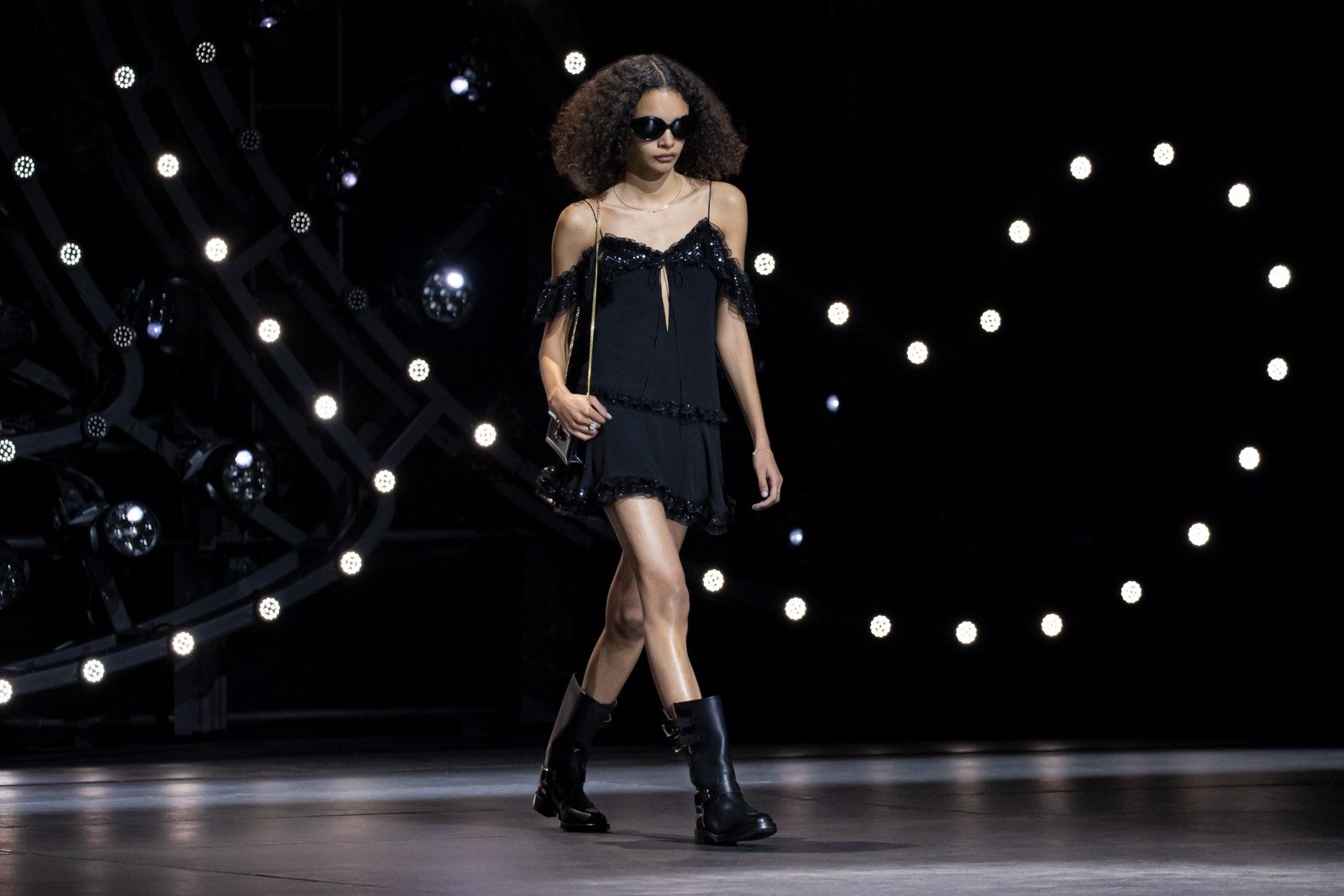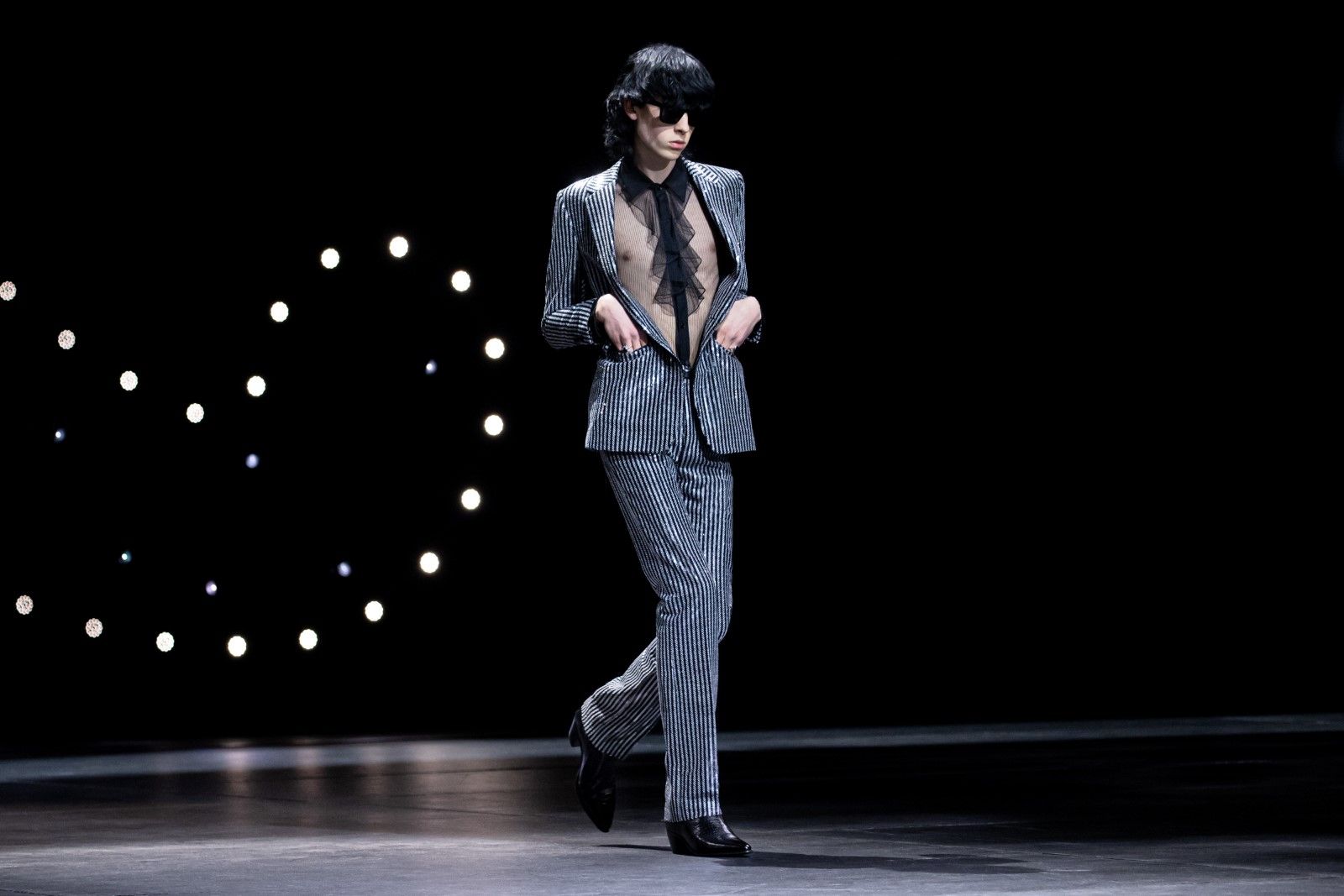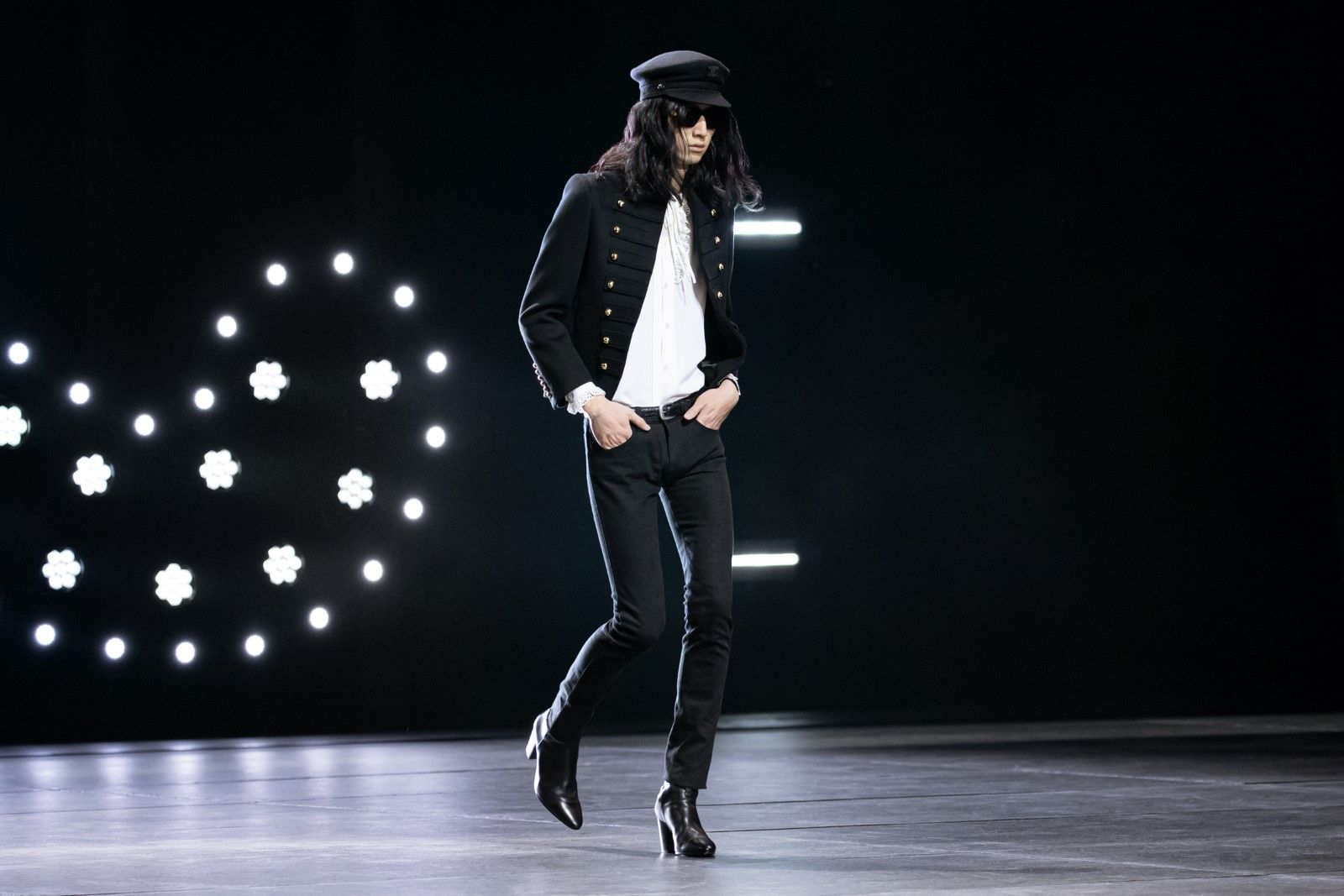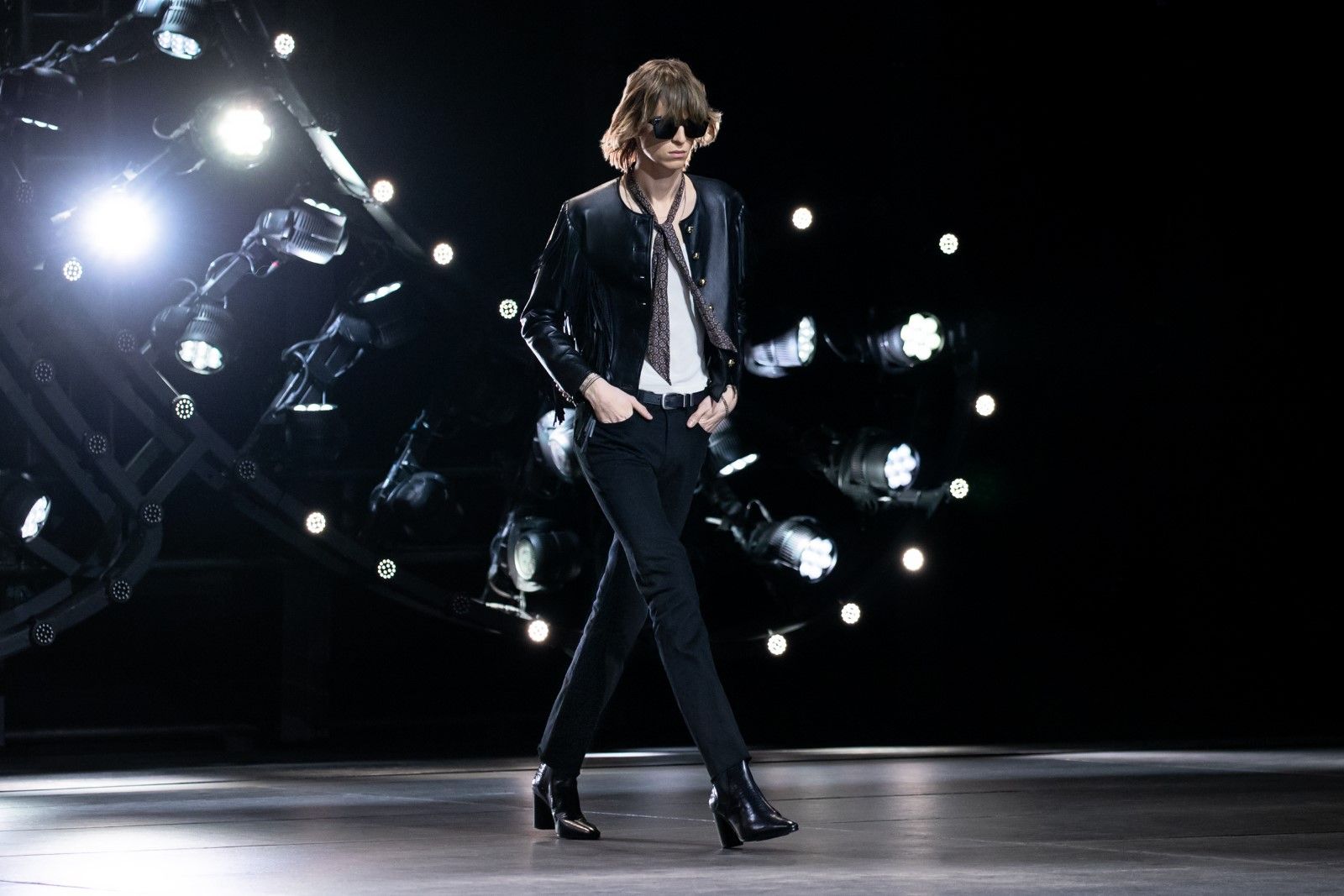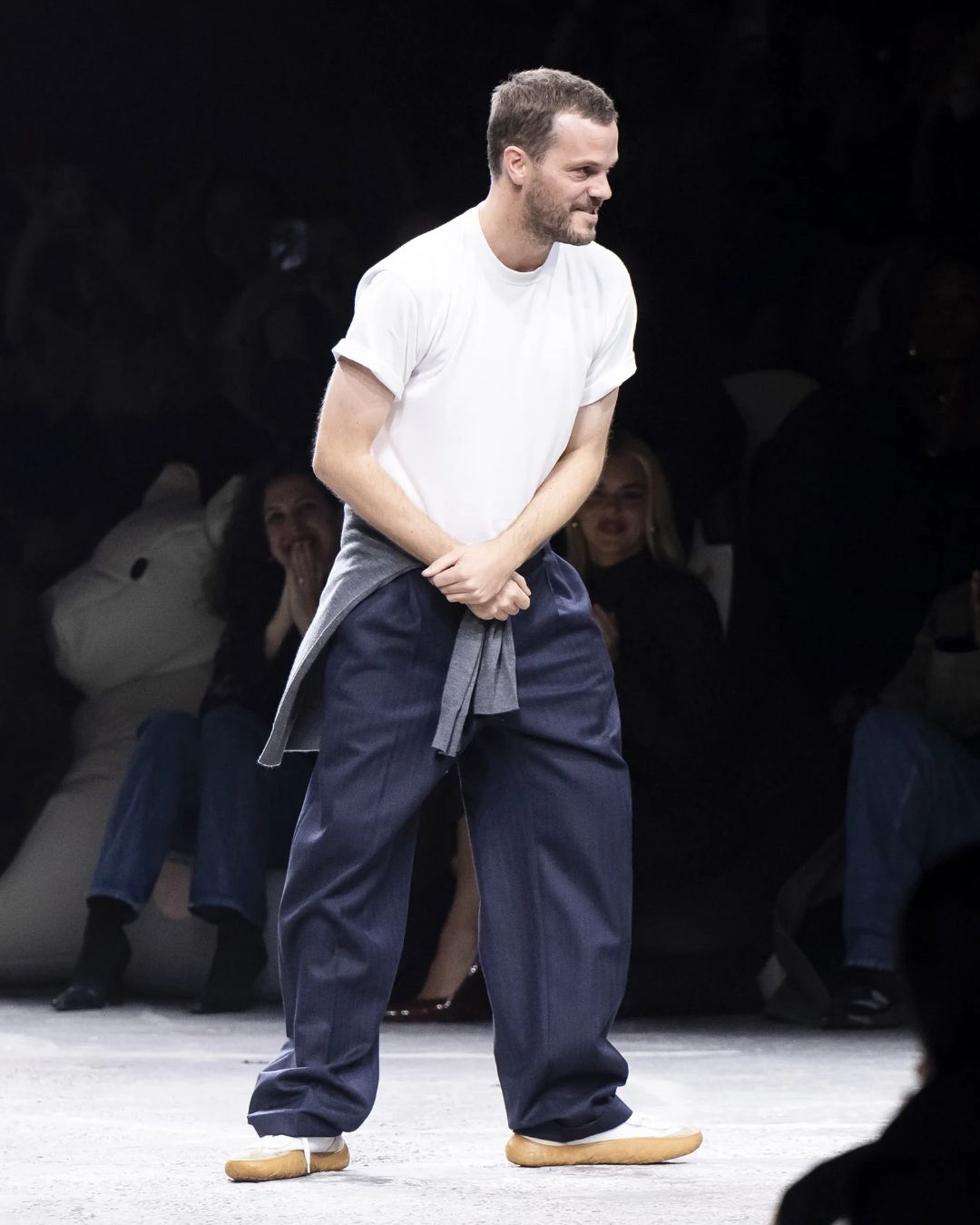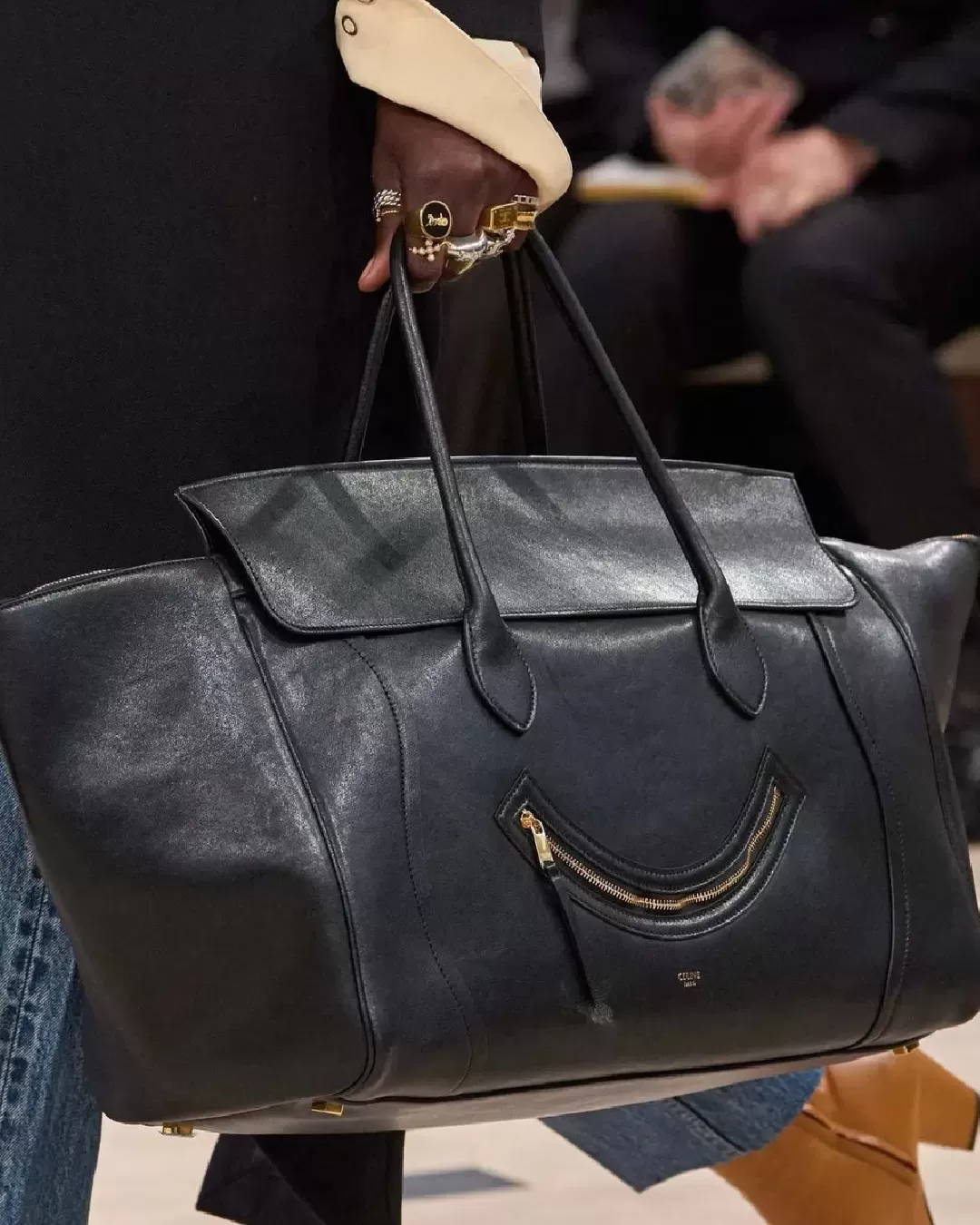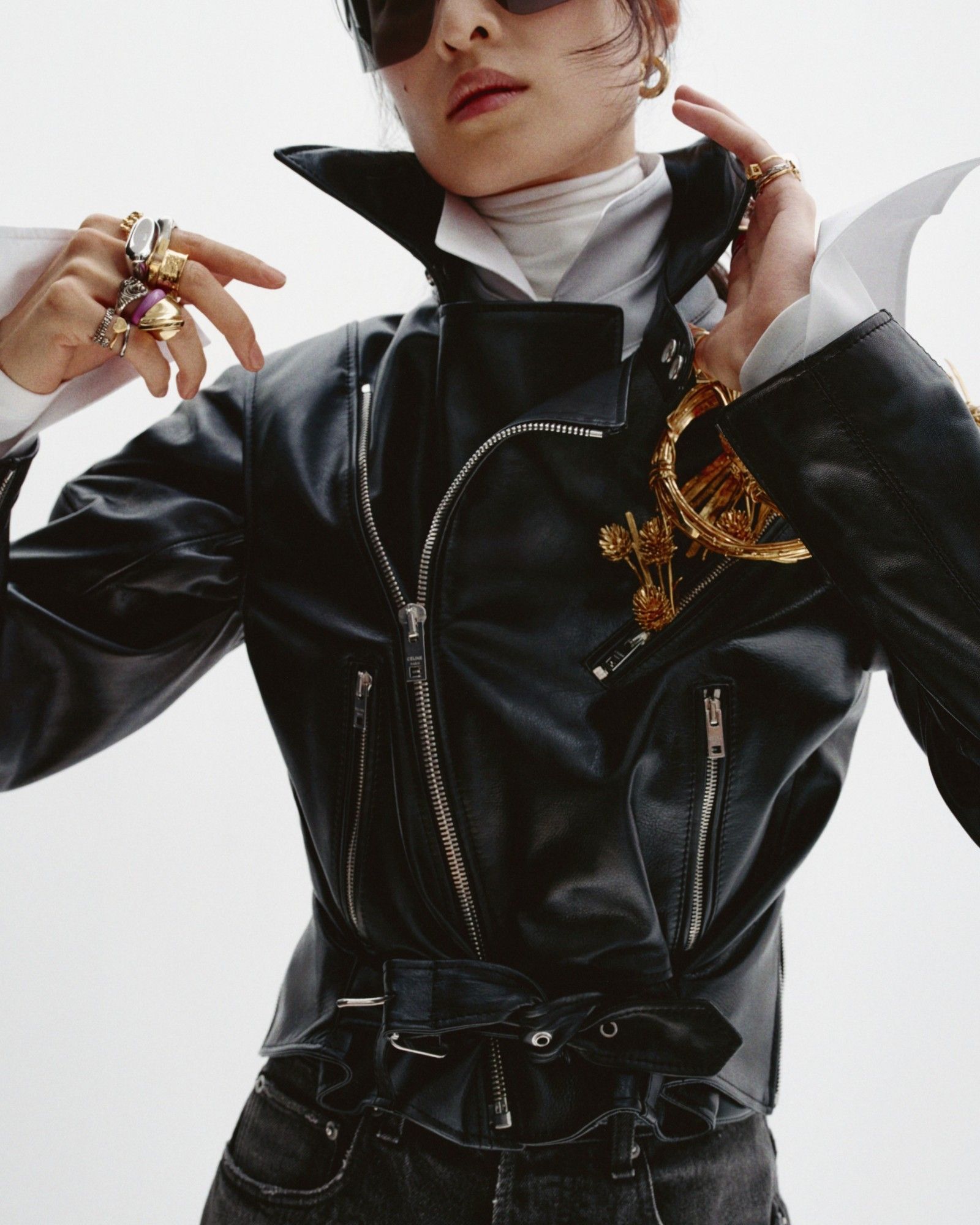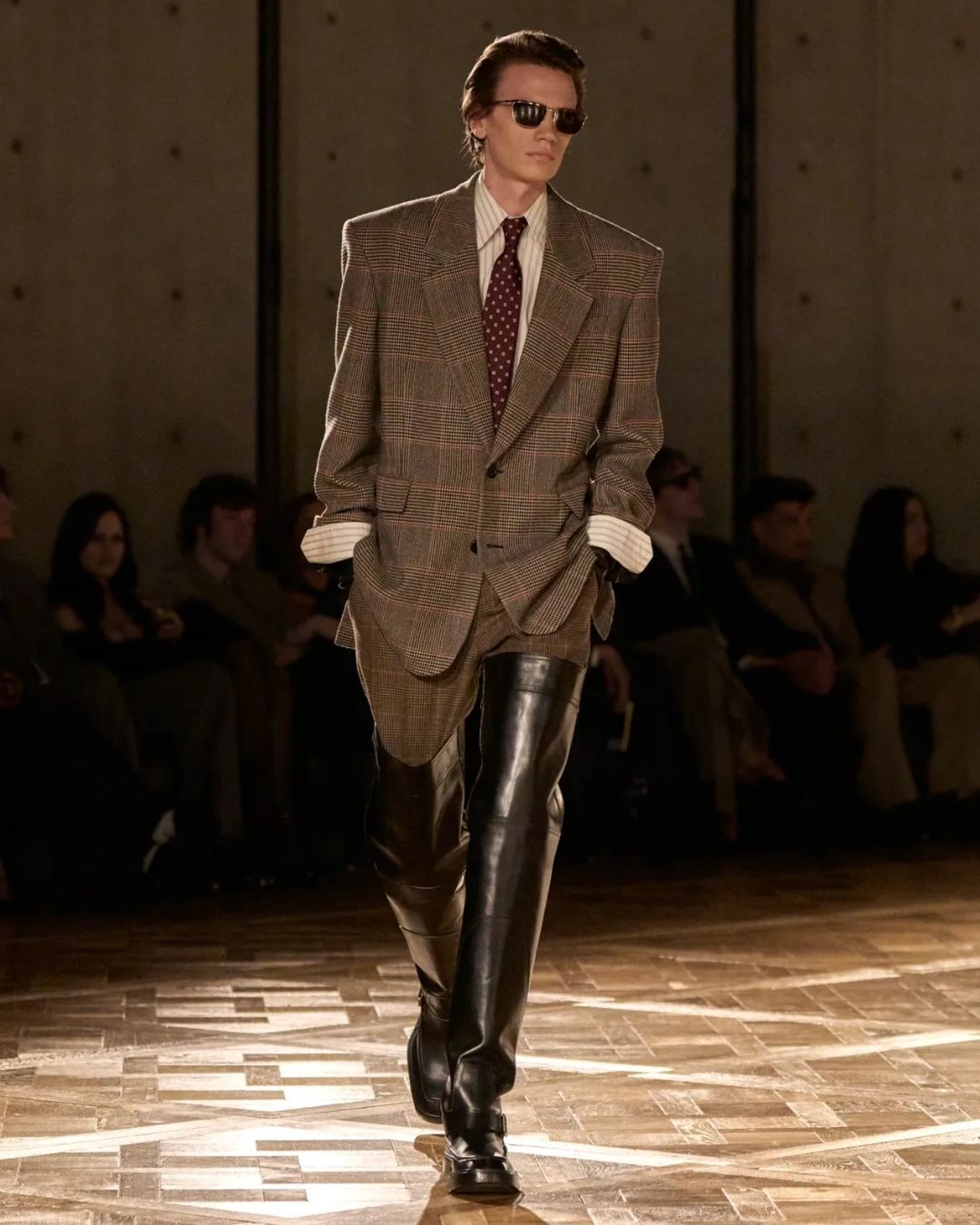
What makes Celine's shows so different from all the others? When not adhering to the fashion calendar is a strenght
Anyone familiar with the annual fashion calendar, even superficially, will have realized that for the past few years Celine, one of LVMH's flagship brands, has, so to speak, had an orbit all of its own, one that does not adhere to the fashion week timings to which almost all other brands adhere. In fact, the idea of doing a-seasonal shows, avoiding being lumped into now increasingly crowded calendars and having the opportunity to stand out individually is a strategy that leads to not a few advantages - but at this point what criteria should be followed to maximize the impact of each show? In the case of Celine, for example, the differences from a regular show are numerous. Take the case of the Age of Indieness show, with which Hedi Slimane presented the brand's FW23 women's collection and which was also Celine's first overseas show. The show was held last December 8 with a format that mixed the classic fashion show with a concert, featuring live performances by Iggy Pop, The Strokes and Interpol and a DJ set by The Kills. There was no livestream, the photos of the looks and information were sent to the press the next day, and the final video detailing the entire event only came out in the past few days, just over six months later. Which would seem counterintuitive - yet there is a crucial detail: in fact, in the very days when the video of the show is released, the same collection arrives in stores. But why such an elaborate communication strategy?
Why does Celine present outside fashion week?
Hedi Slimane does not organize fashion shows, he organizes events. In a world where social media has created perfect market saturation, standing out is increasingly relevant and nothing causes curiosity like something we are not allowed to see - at least not right away. If celebrities of all kinds are invited to shows today to elevate EMV and attract audience attention, influencers are present to increase collection desirability and boost visibility, livestreams are designed to bring in as many viewers as possible, Celine's shows (which is not exactly a small niche brand but is on its way to becoming an industry mastodon) are a masterpiece of reverse psychology: it is difficult to follow them live, often if you are not present it is also difficult to see all the looks right away but precisely because of this they attract the attention of a community eager for news, given also that both the brand and its designer keep themselves relatively distant from the spotlight and gossip. And it is the format of the rest of the shows, virtually universal and visible to all, is probably why Celine preferred to adopt an alternative strategy. Celine's shows, even with their own very high media profile, still remain a fairly private affair for the outside world: Hedi Slimane dialogues, before he does with an outside world that is too vast, too ready to misunderstand and in some ways too superficial, with his own community of loyalists and admirers - a circle that then becomes the real sounding board for a brand that speaks in its own way, walking the double track of tradition and revolt, luxury married to rock in search of that timeless element that wants to distinguish the brand's own products.
If then in classic shows it is customary to run away when things are done to go straight to the next show, the fact that Celine's shows are one with the concert that follows them and the after-party that follows the concert only differentiates them. The music one listens to, the parties one attends are like the clothes one wears part of an imaginary, and the brand participates in all of them - a feeling that would be diminished by adopting the hasty and in some ways standardized model of the show in the fashion week calendar. This kind of alternative show, then, also reflects well the design attitude of Slimane, who continually works to adapt to the present a silhouette that is now his signature and which, in its classicity, does not want to fit into the concept of trend and seasonality that a calendared or otherwise conventional show would pose instead. The question is also about quality, the reliability of remaining a reference point for anyone who wishes to fit into that imagery. To participate in the calendar would be to obey the concept of seasonal trend - but both metaphorically and literally, Slimane dances to the beat of his music. Live performances like those seen at Celine's show at the Wiltern, then, which are practically private concerts, are meant to underscore this sense of authentic event.
And so the idea of synchronizing the video presentation with the arrival of the merchandise in the store meets the same need for authenticity: the very day customers see the collection they know they can buy the pieces in the boutique. In its nature, the show is exclusive, but not exclusionary: the participants and the celebrities Slimane surrounds himself with, and who are often not even overly mainstream or commercial celebrities, are as much a part of the show as the models - but in that world one can and wants to enter, the drop of the video months later only ignites curiosity to hear the soundtrack (this time it was by The White Stripes), see the looks in motion, recognize the faces in the front row, but above all imagine being in that rock 'n' roll hall of fame where everyone seems to know each other, to share the same wavelength. It is precisely this community atmosphere, similar to that of a members-only club, that is what draws attention to collections that look as much to the BCBG luxury of Saint Germain des Près Paris as they do to the world of rock- putting together the edginess of the counterculture with the aristocratic and superior vein of quiet luxury.










































